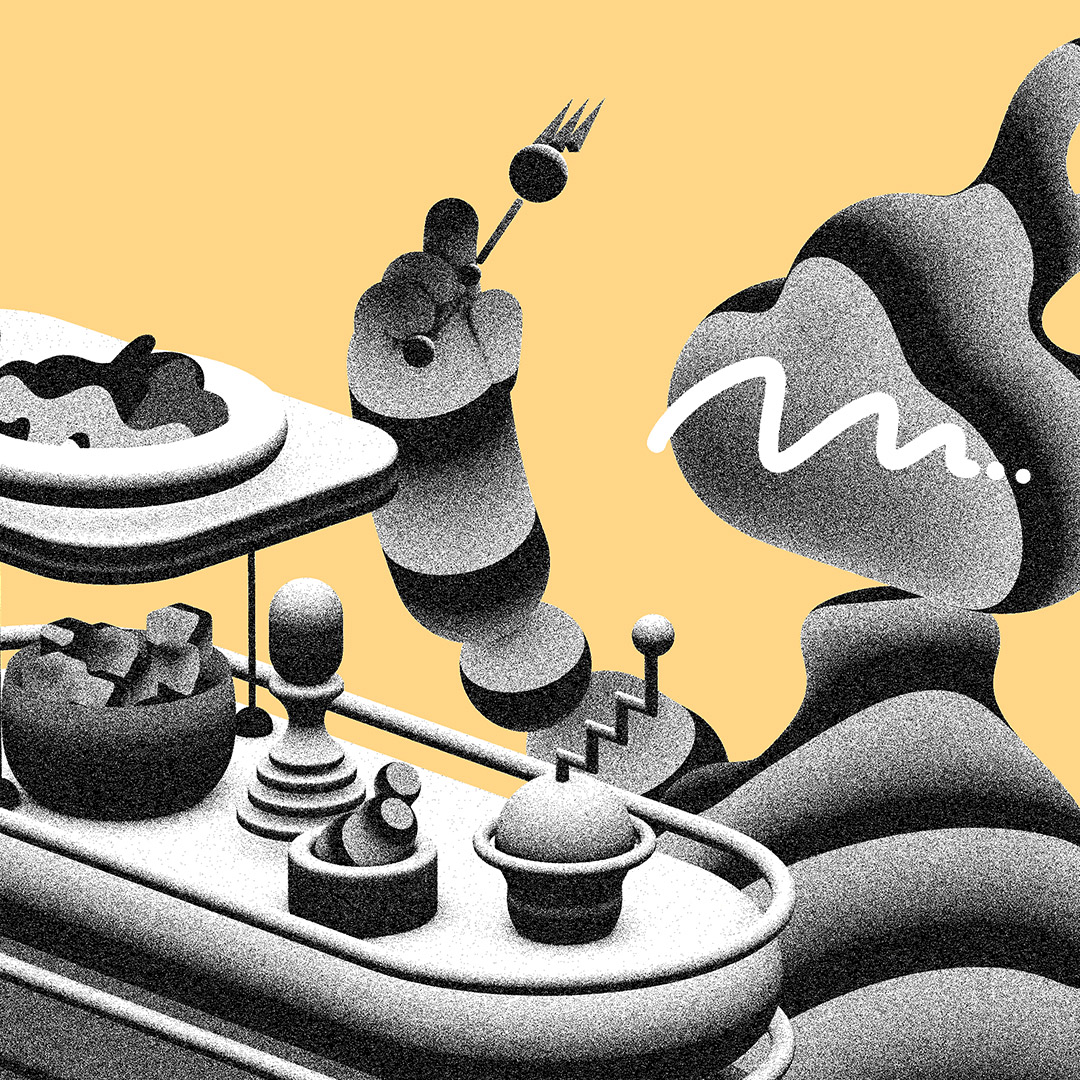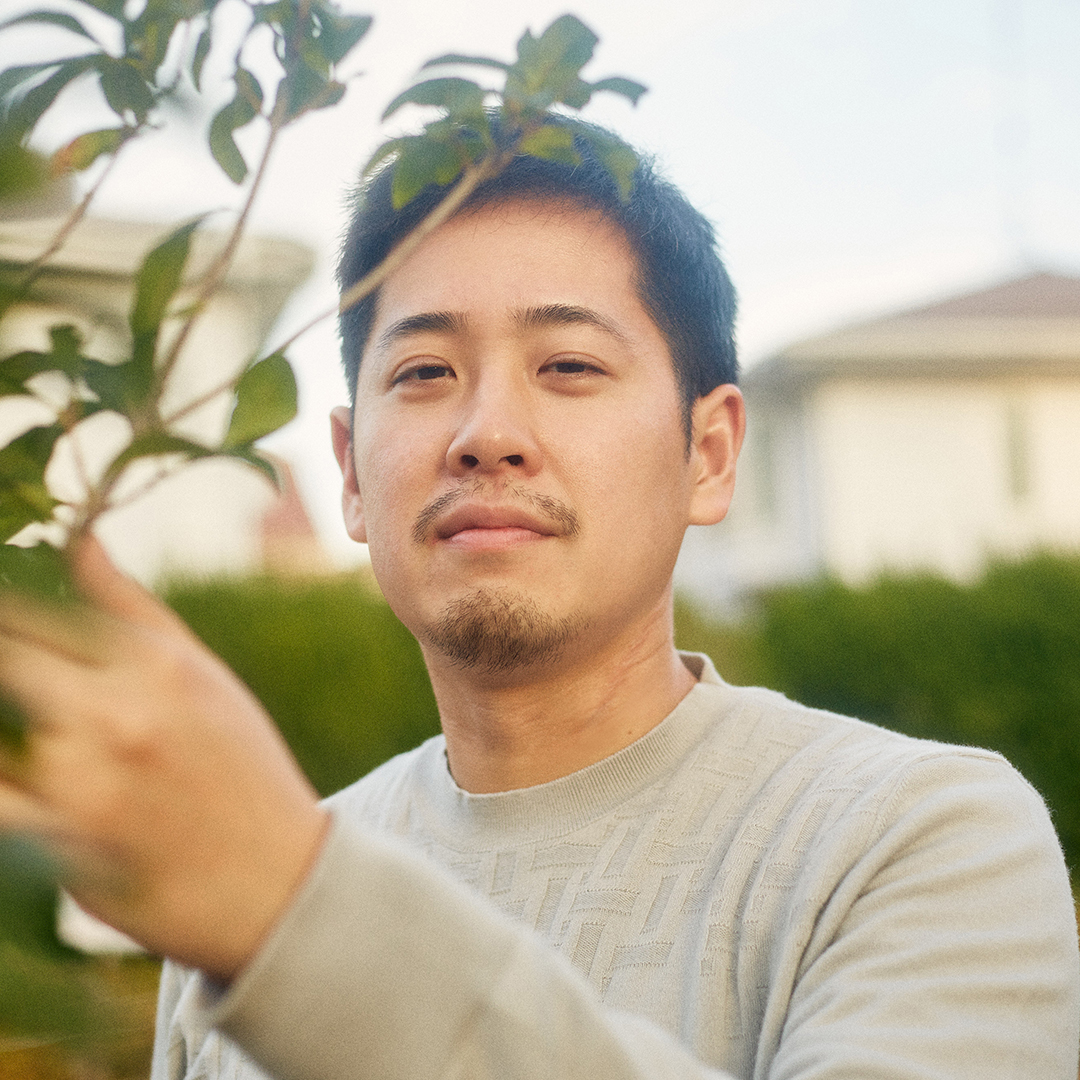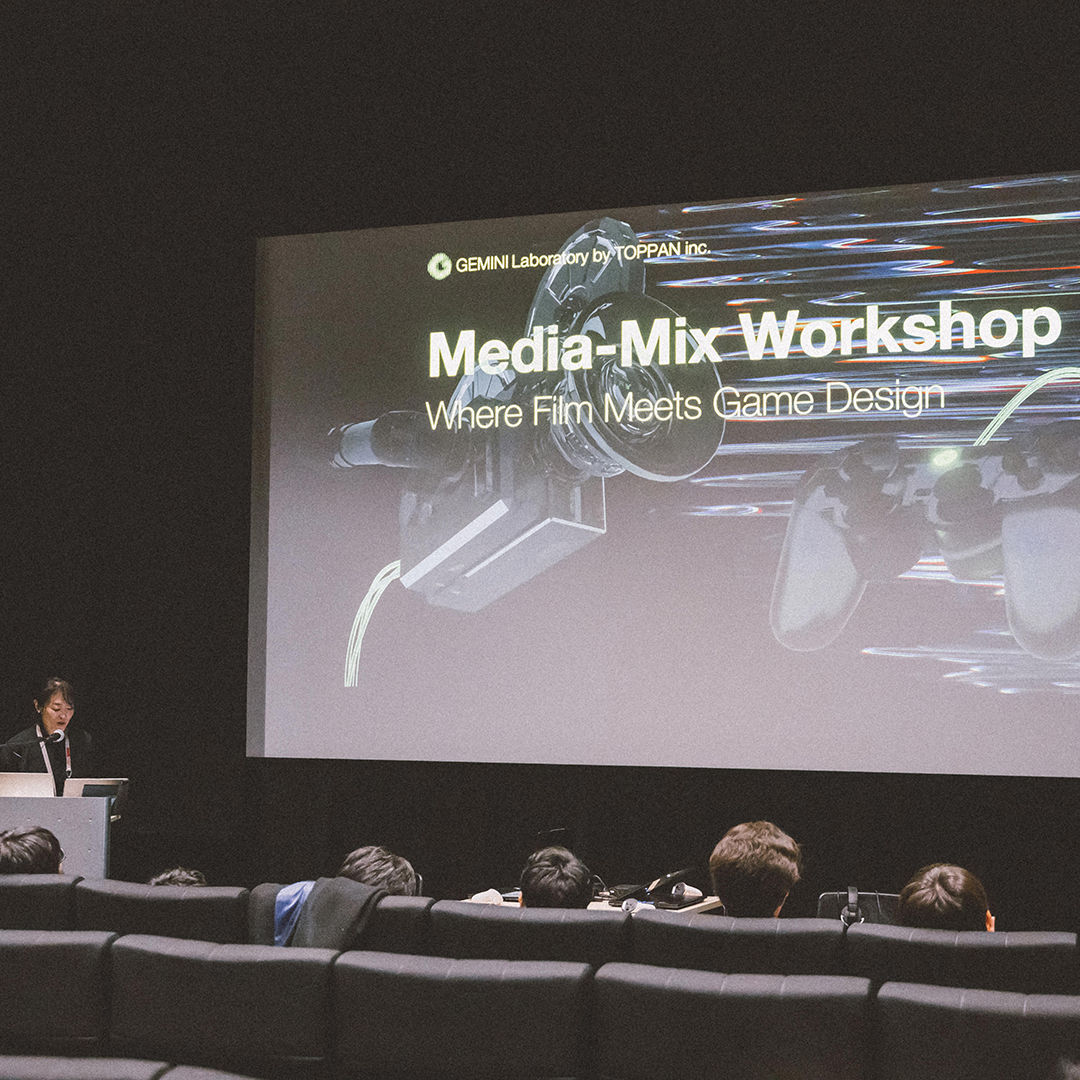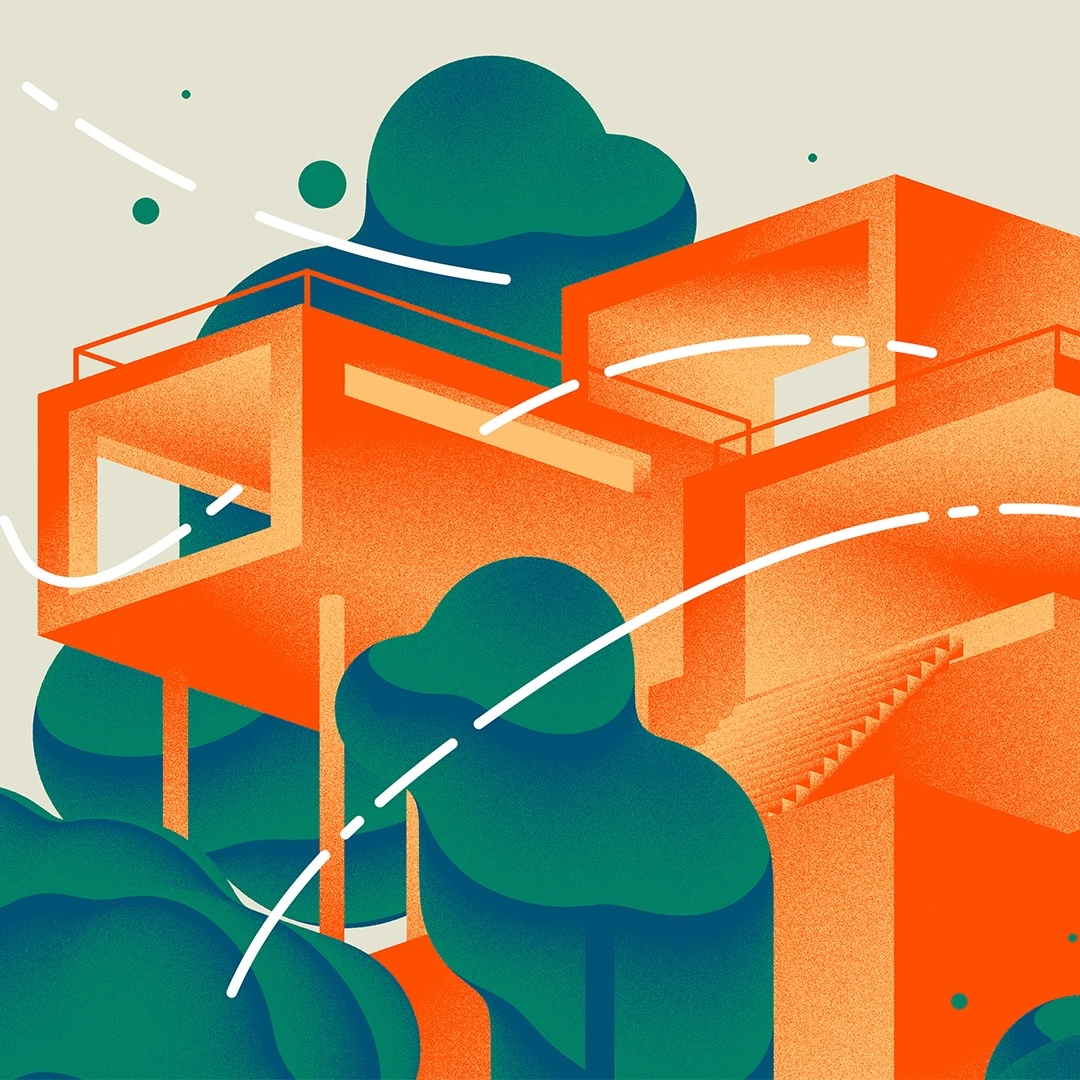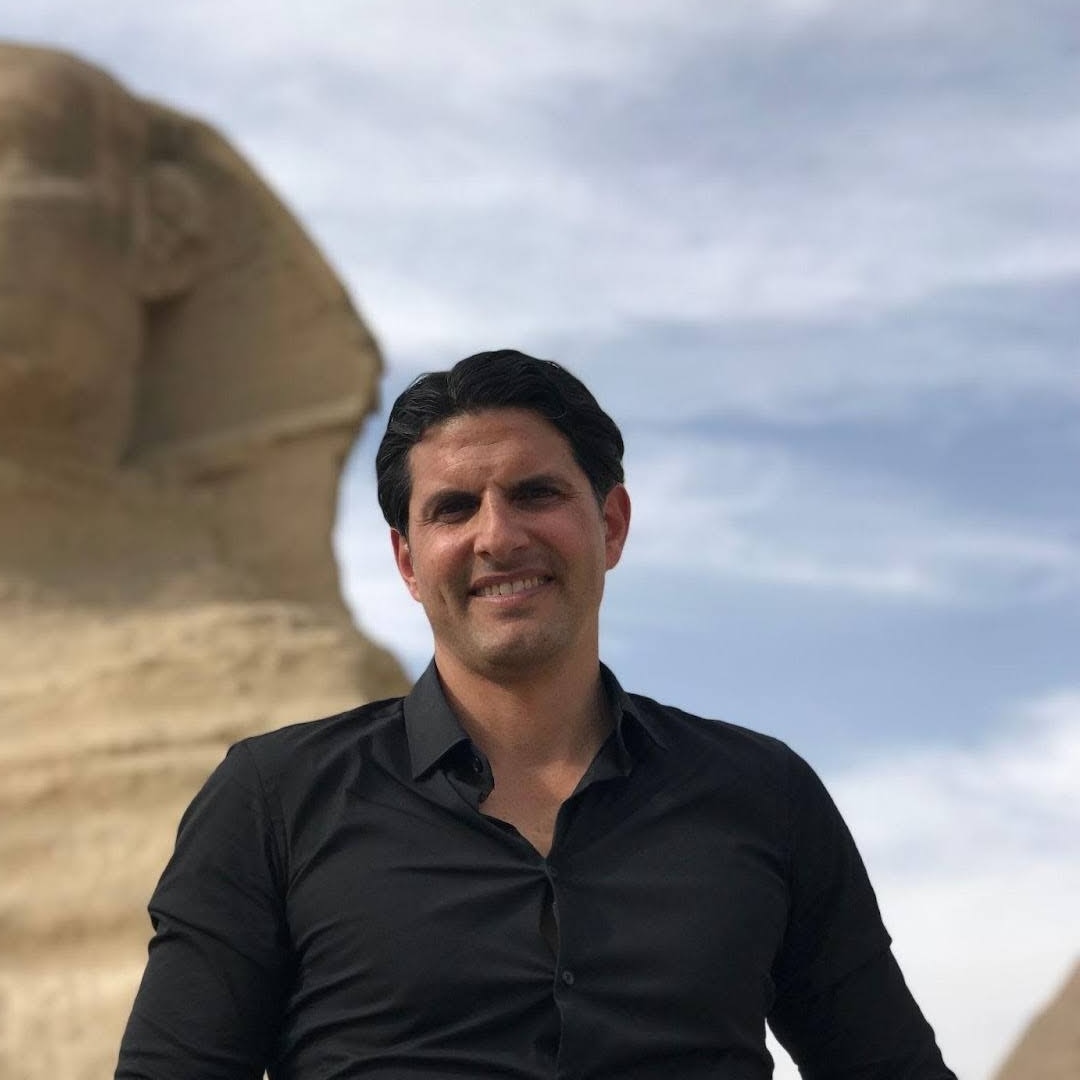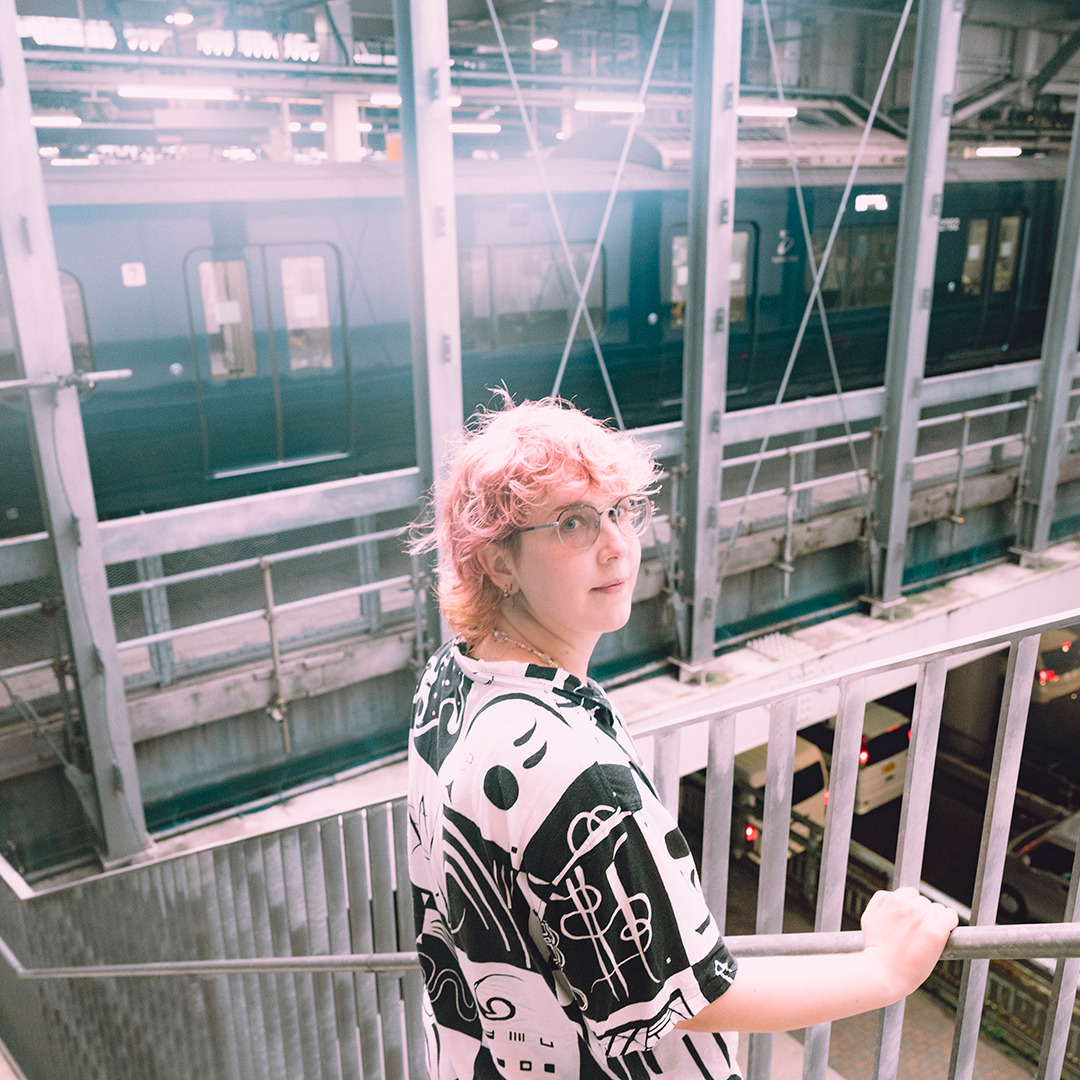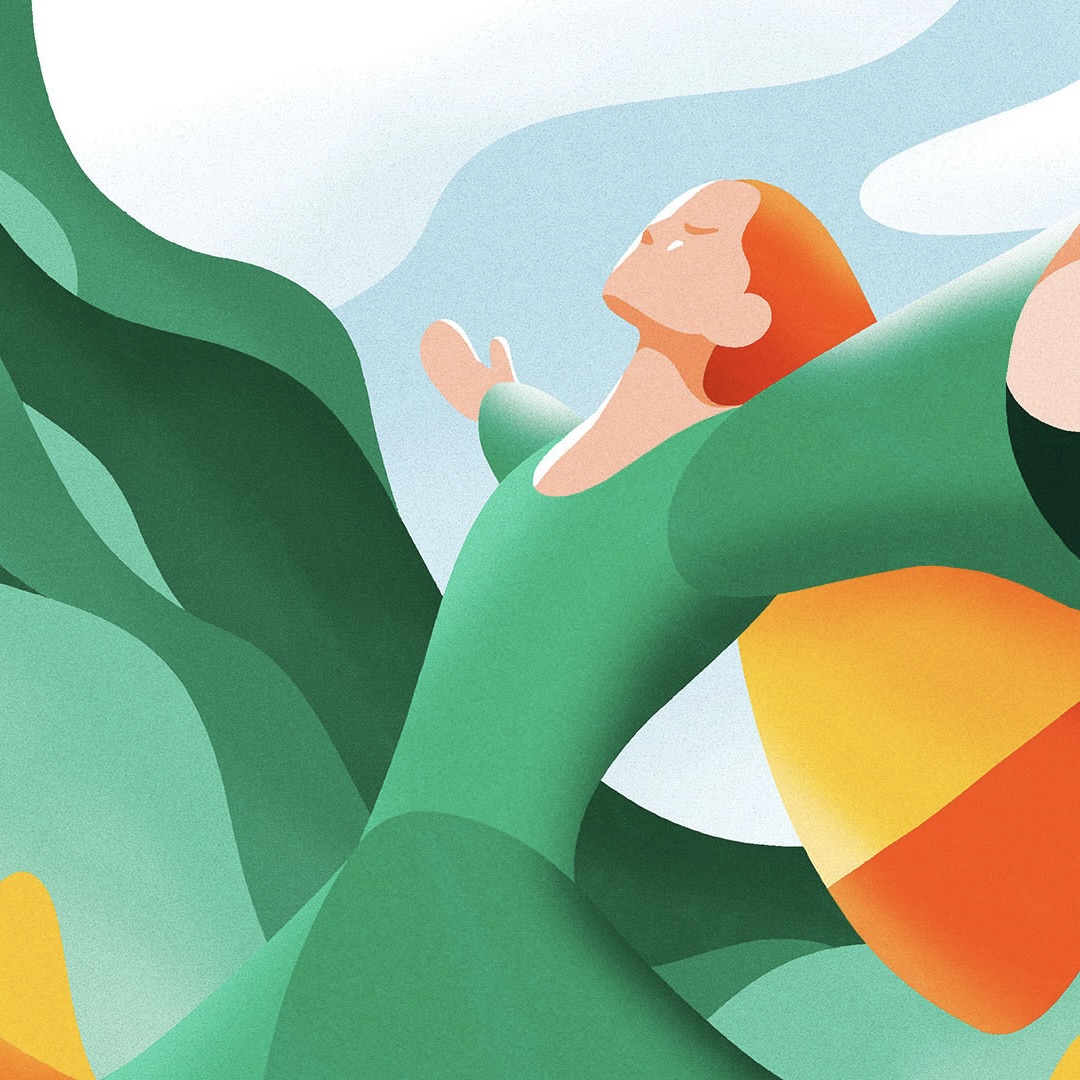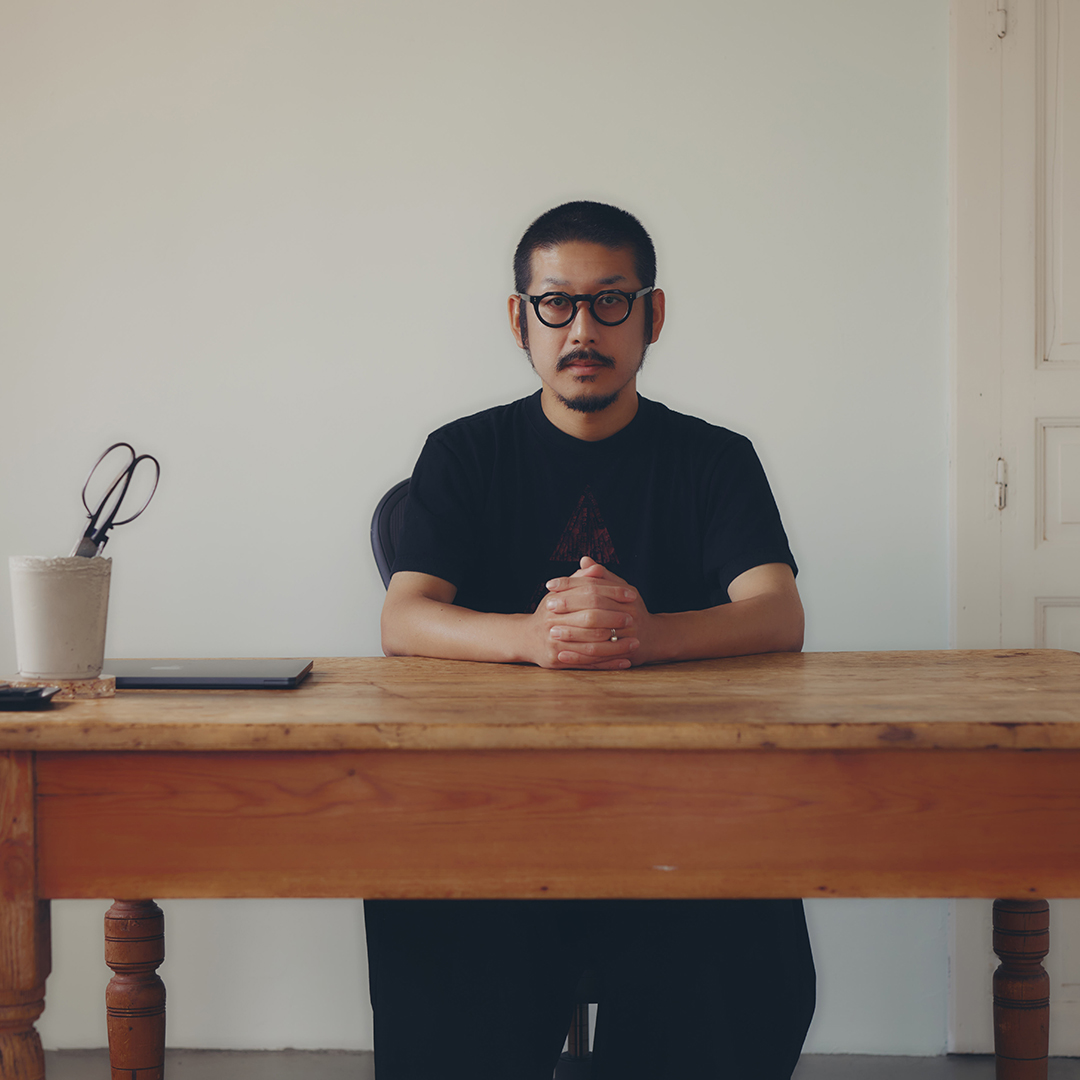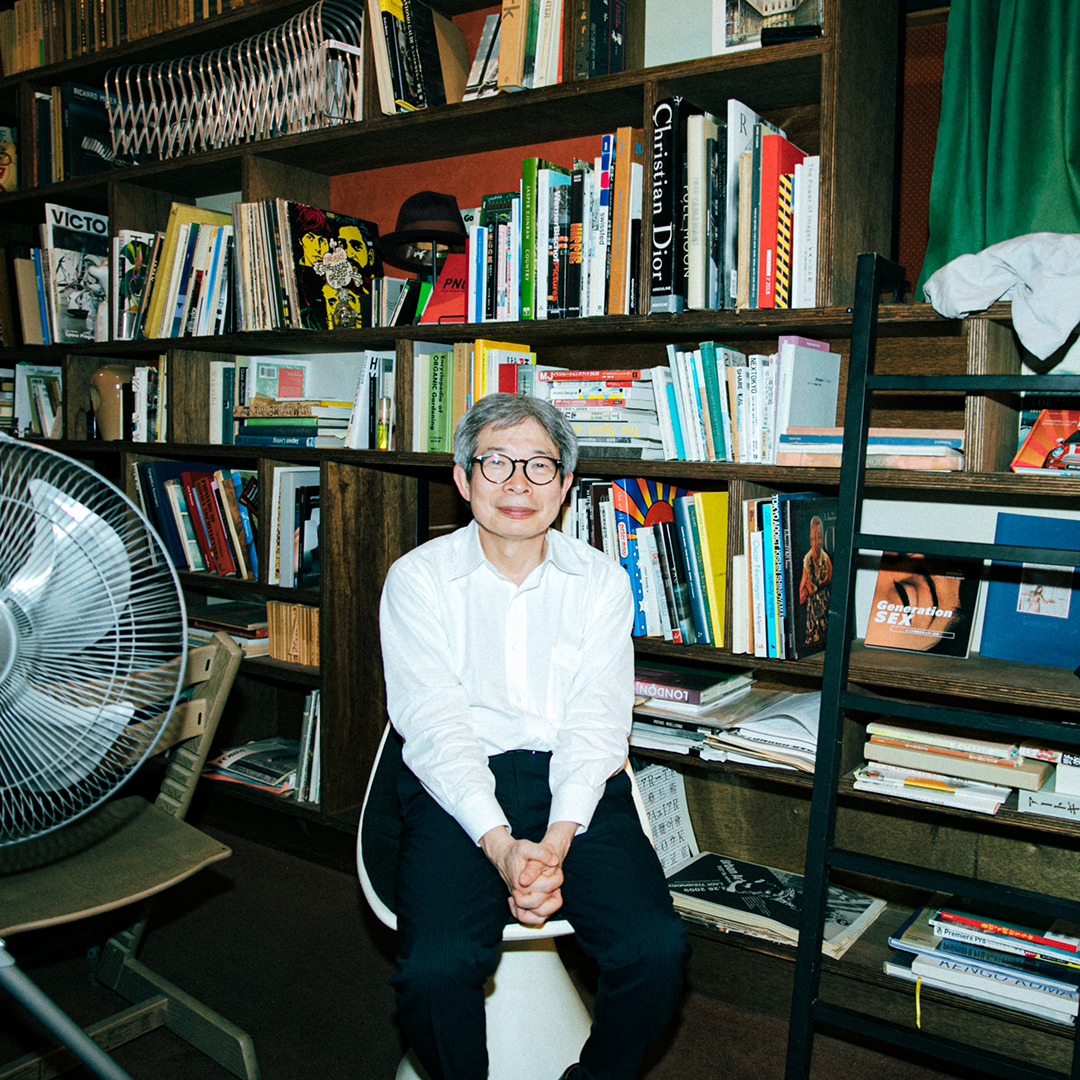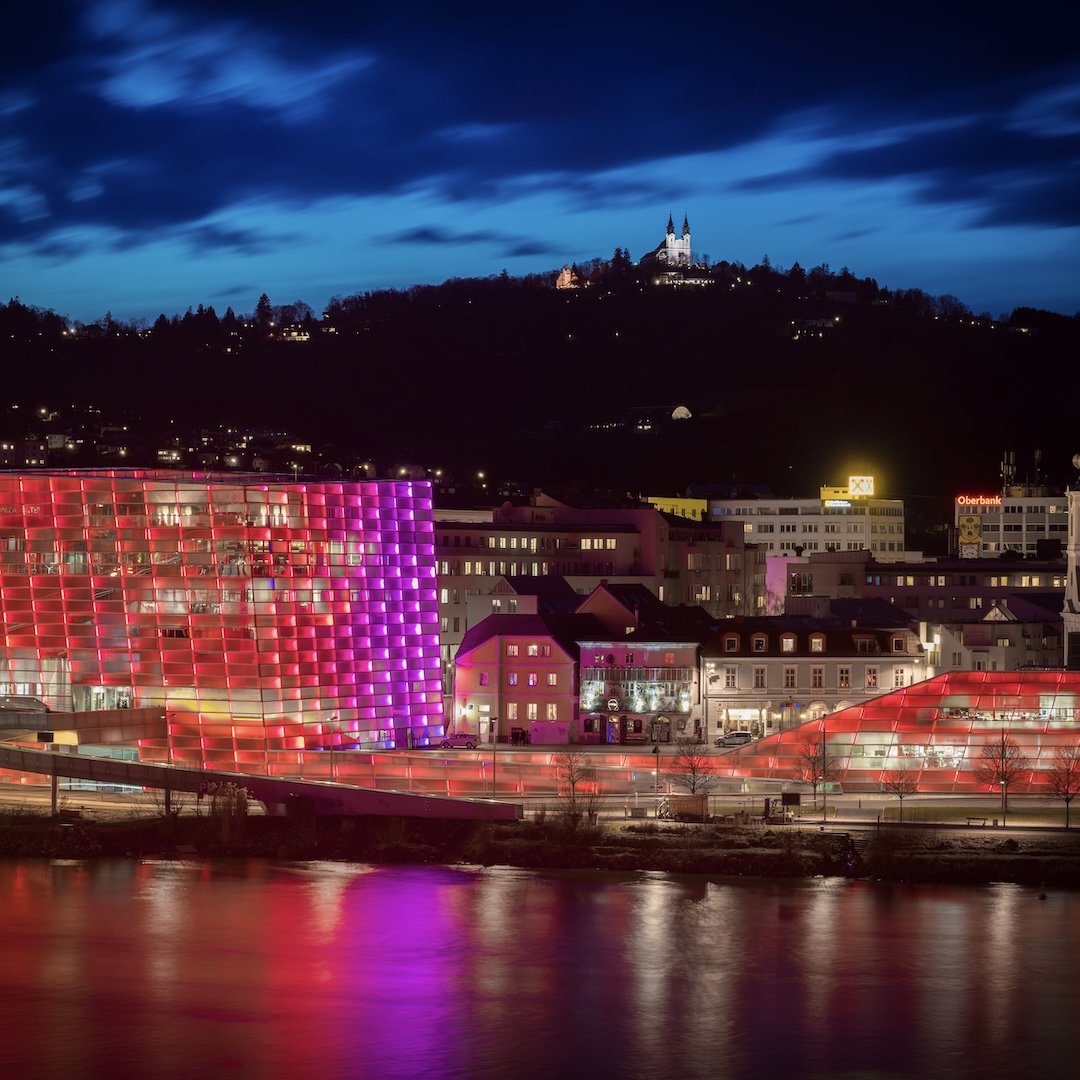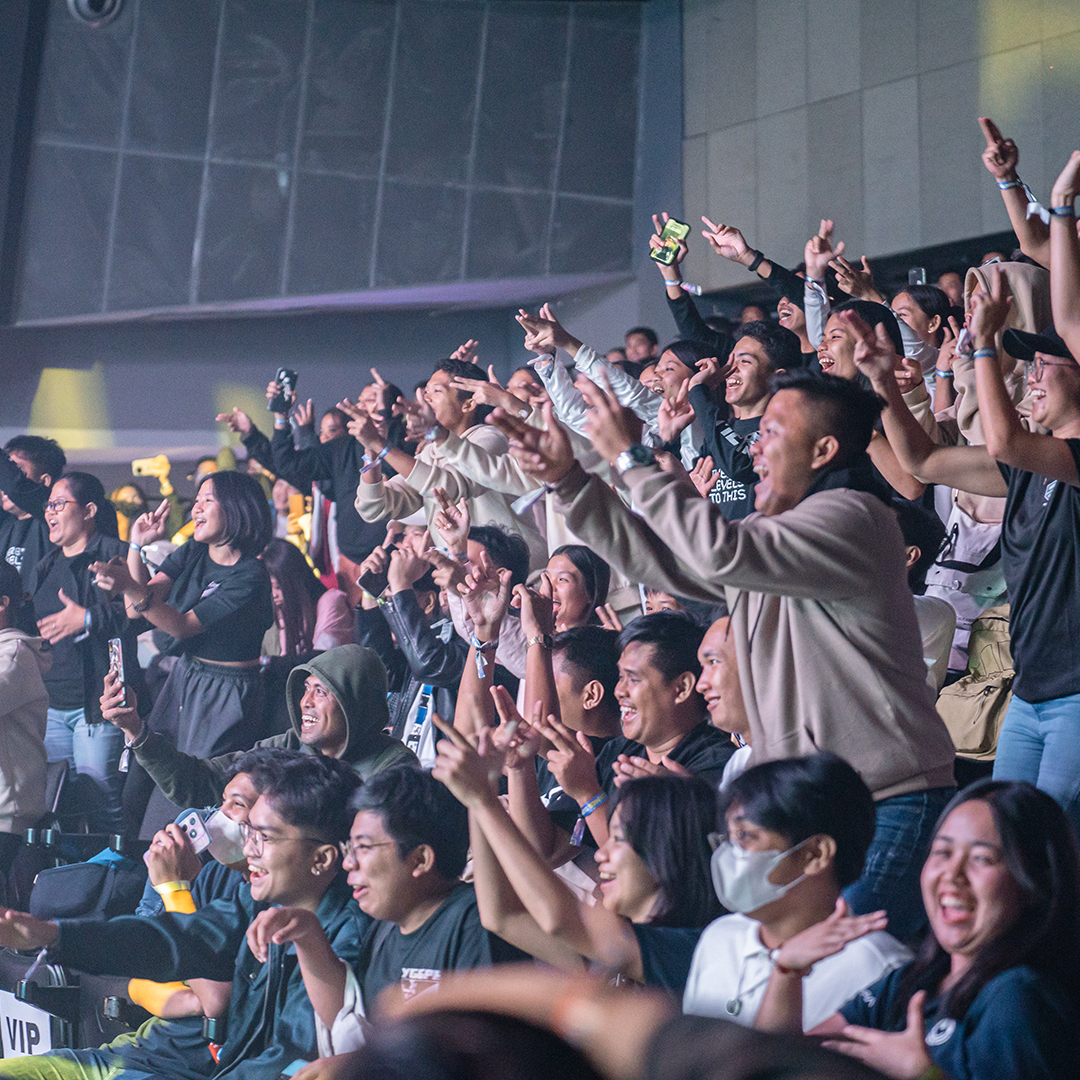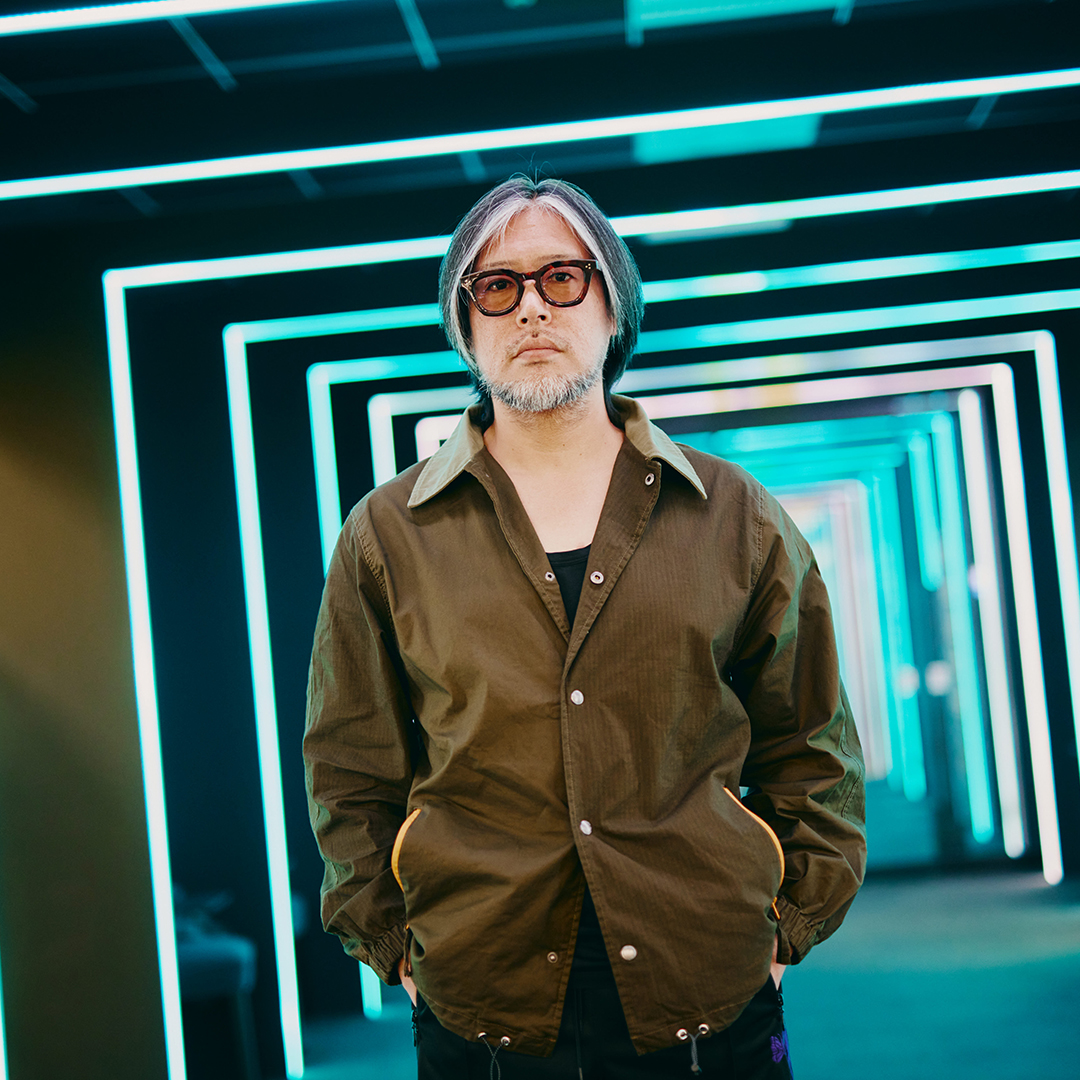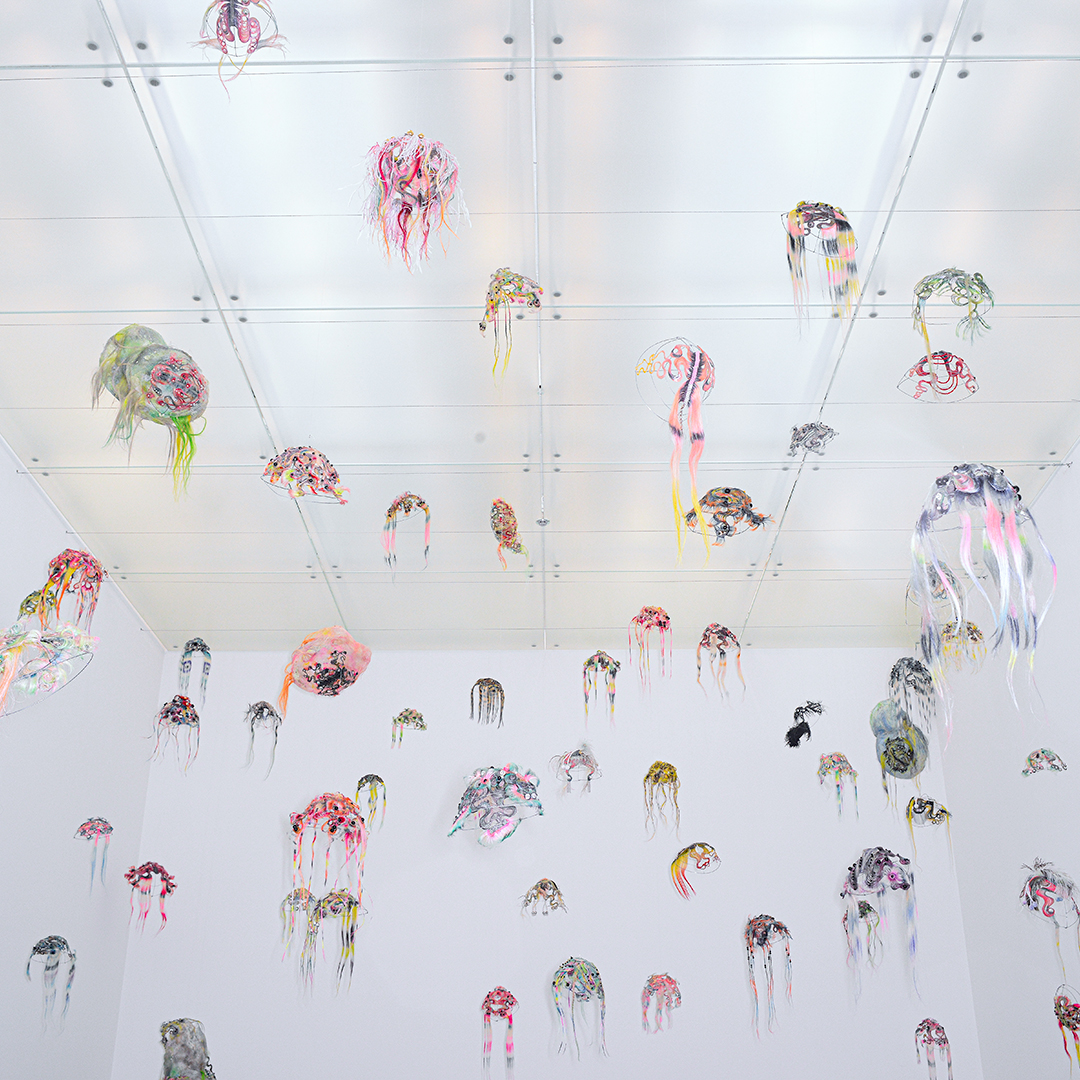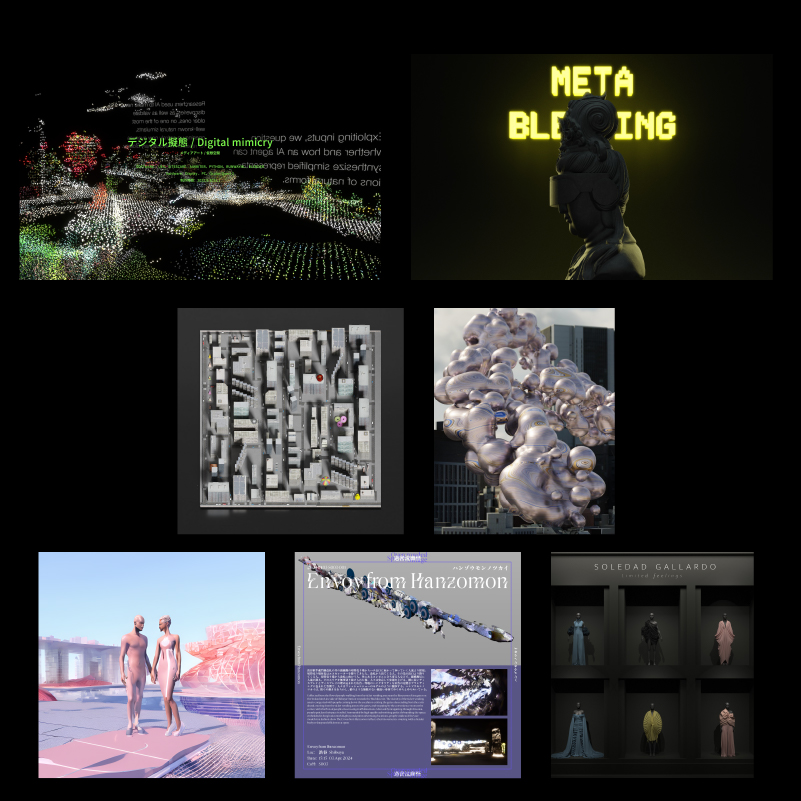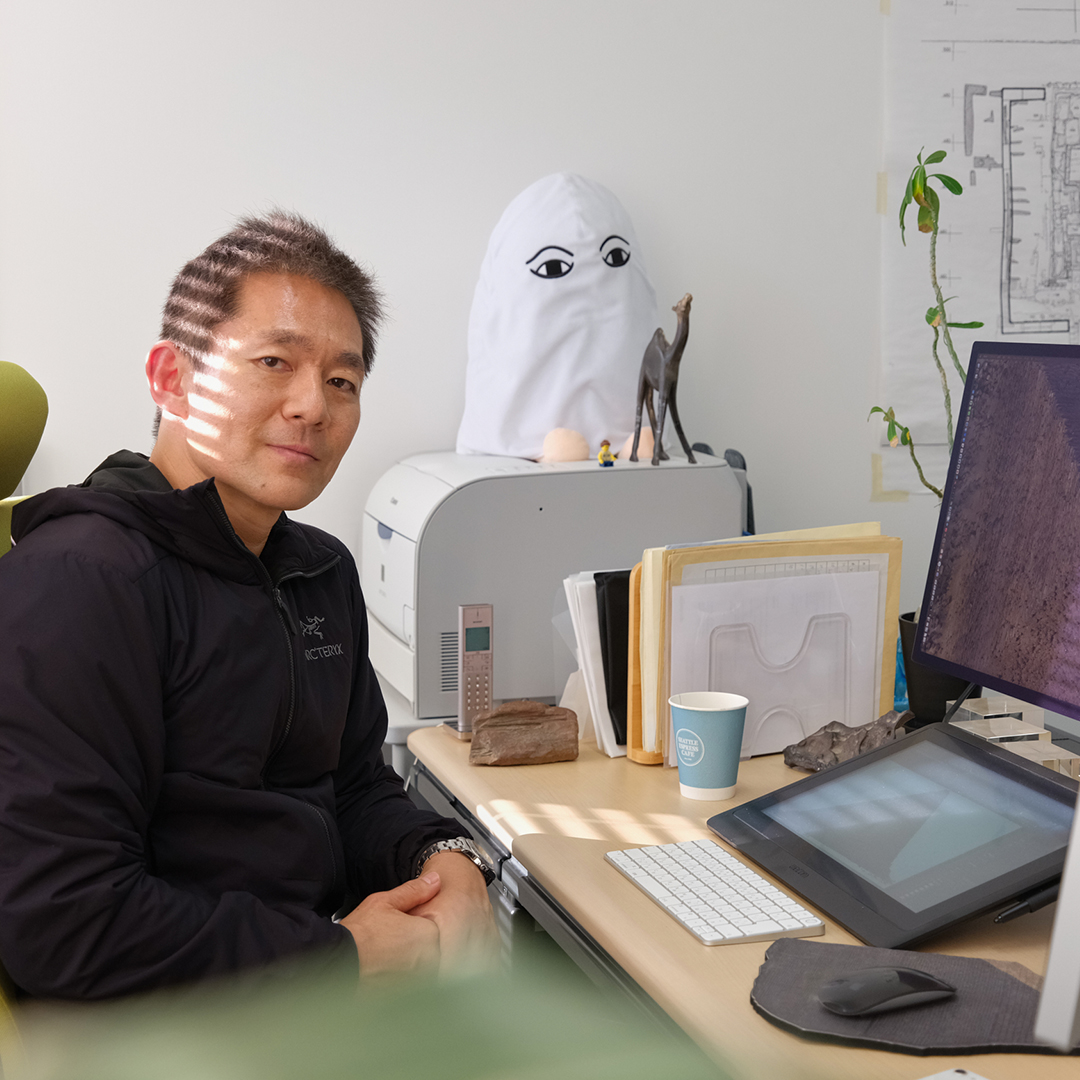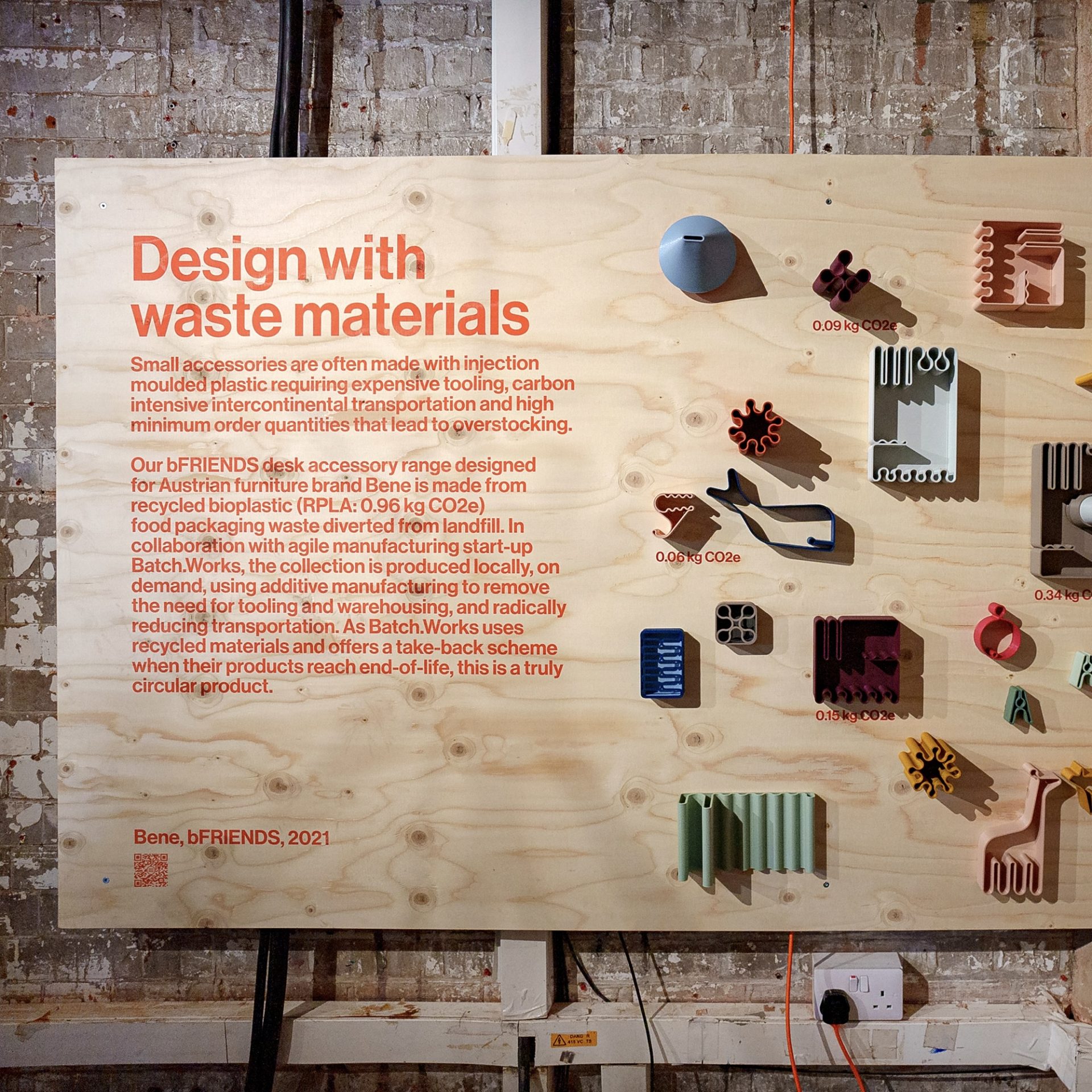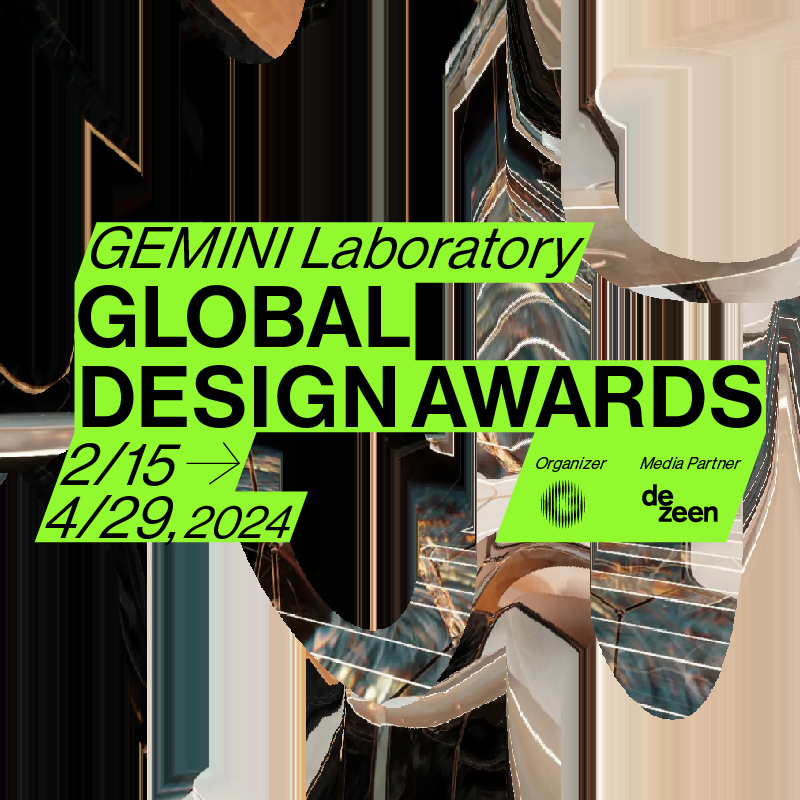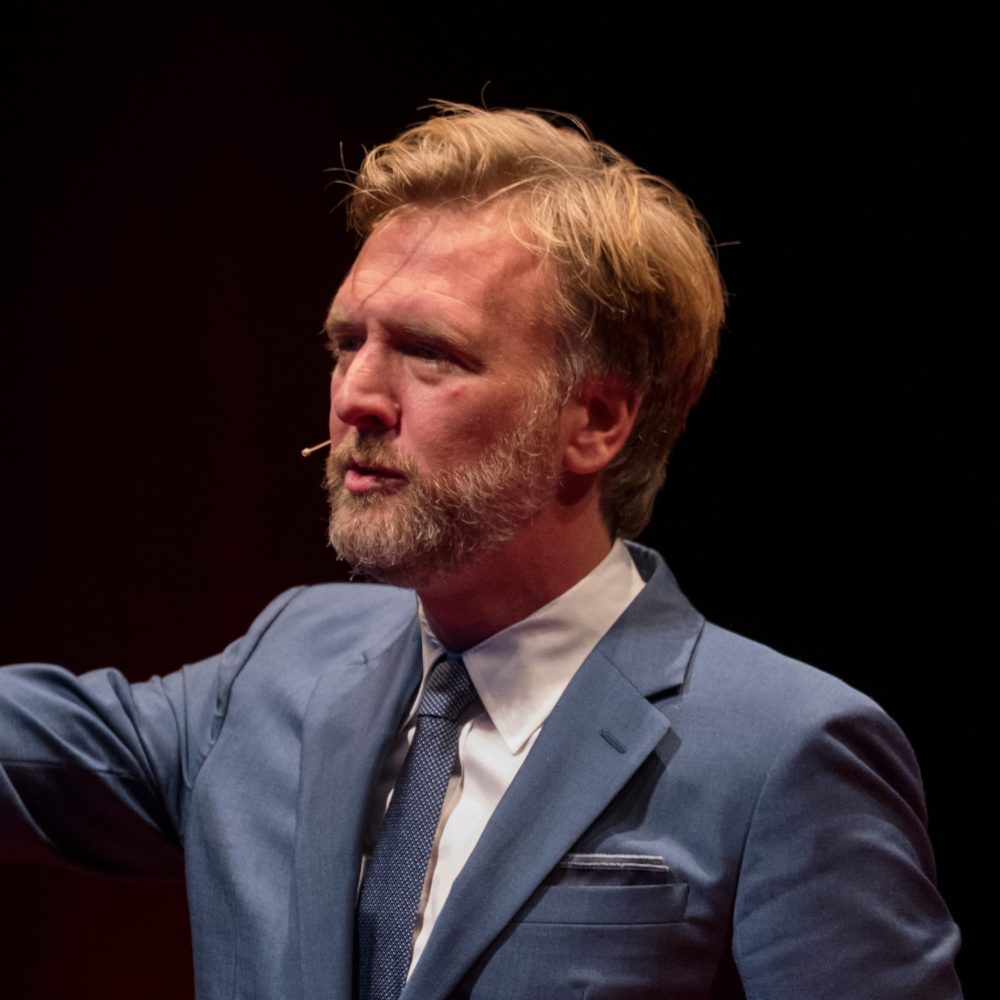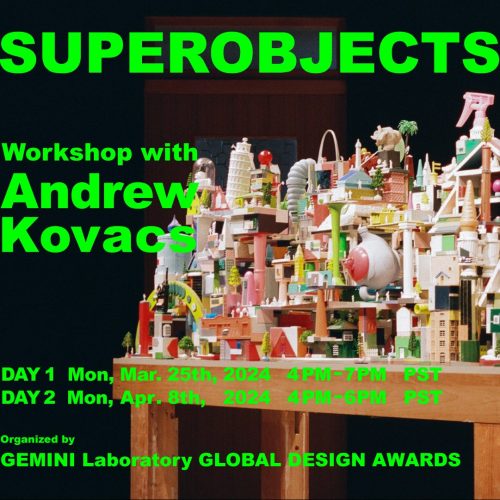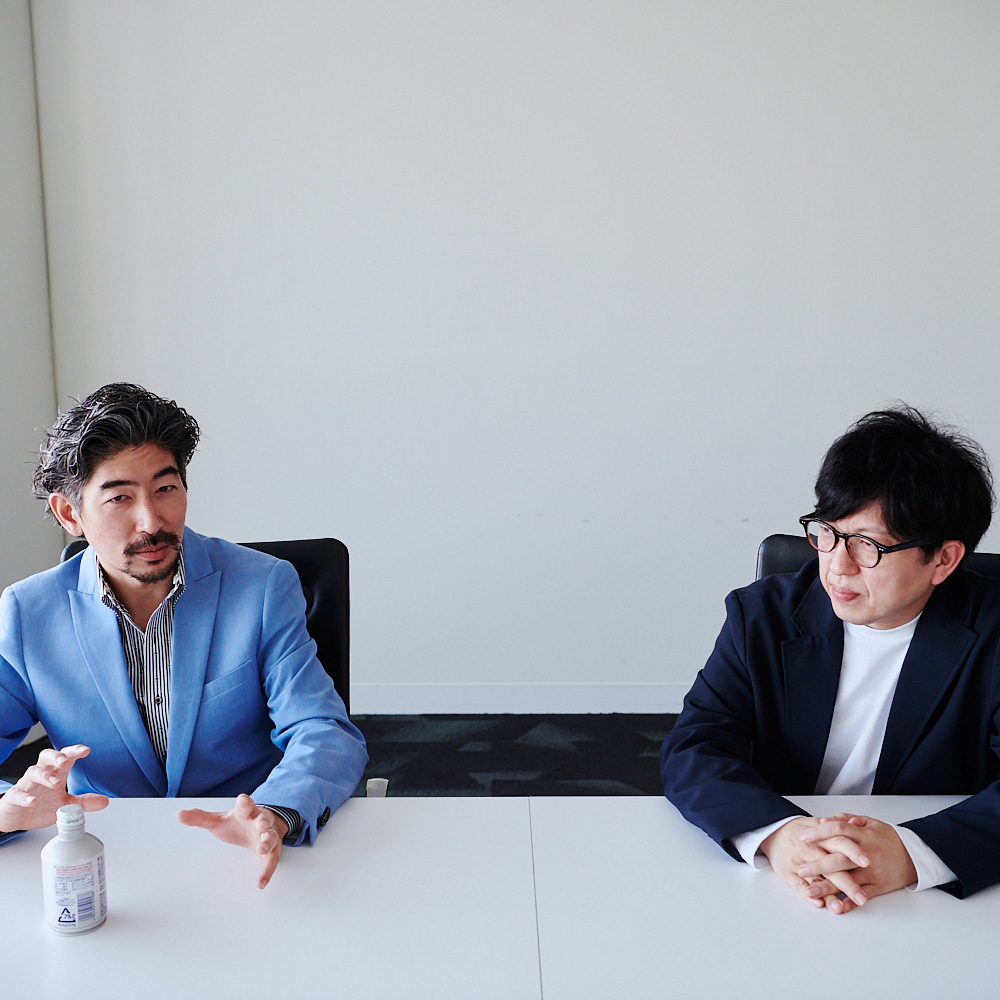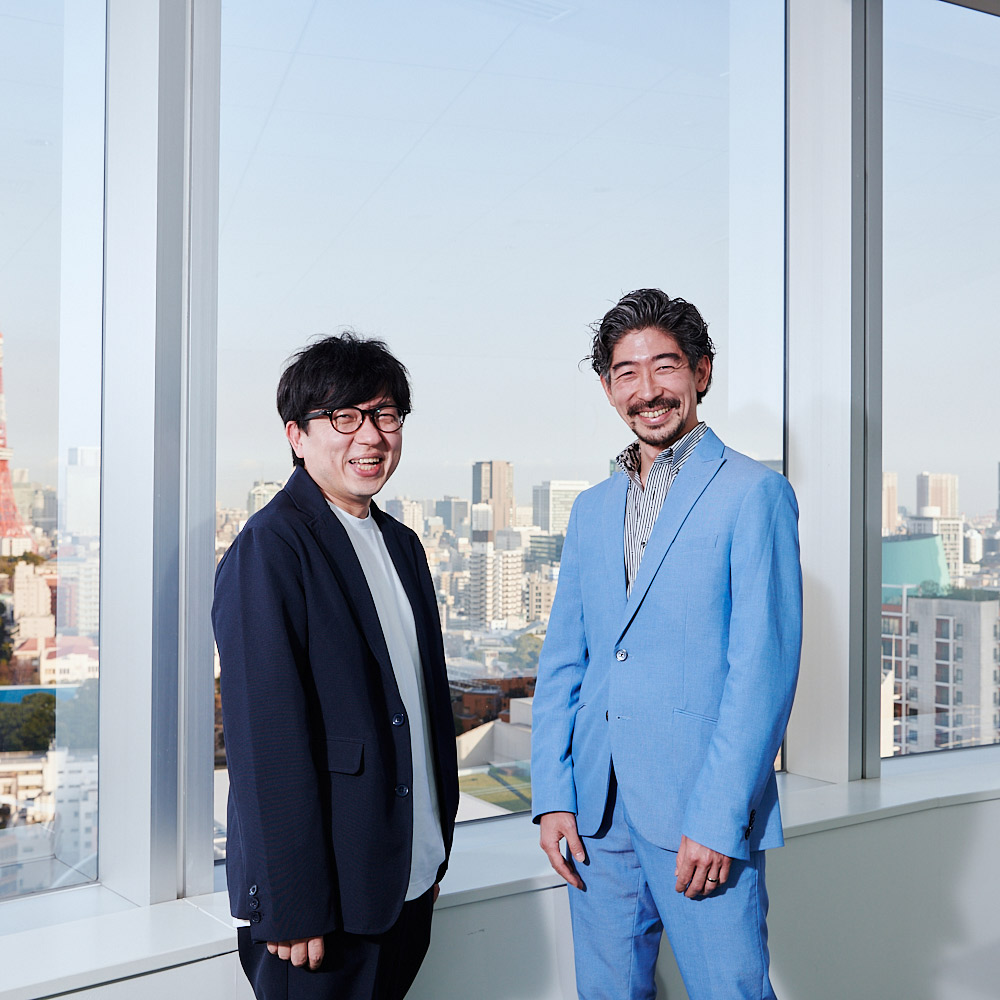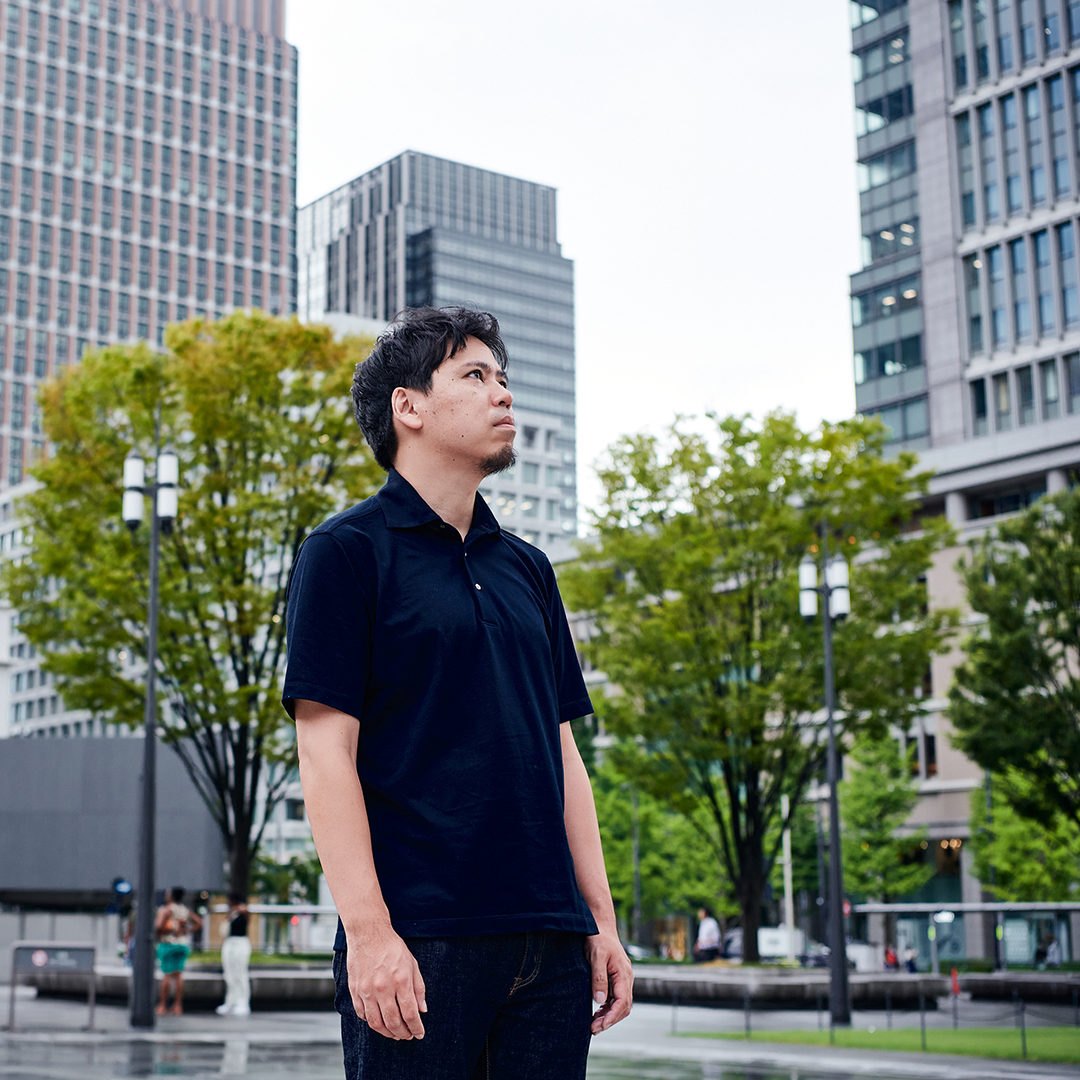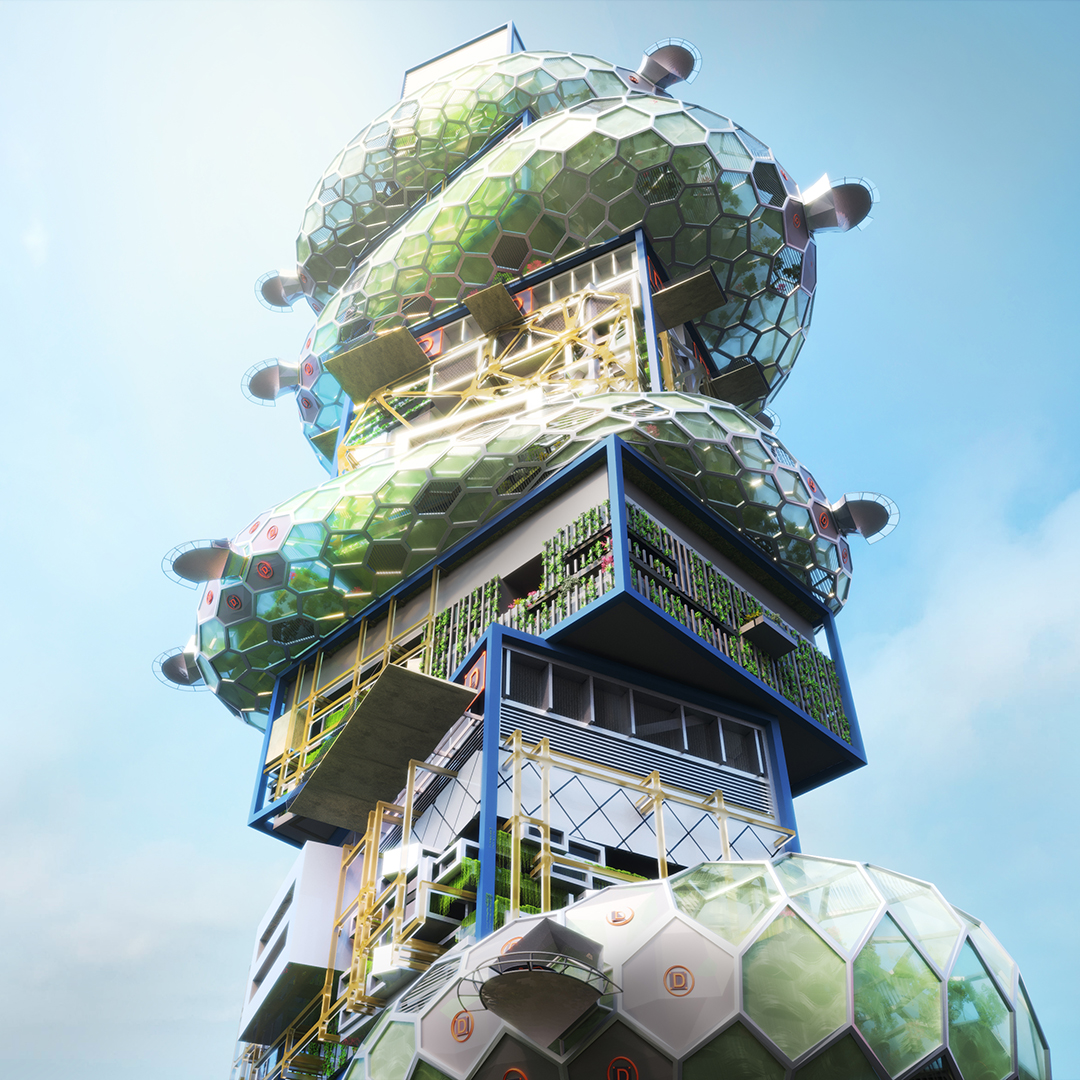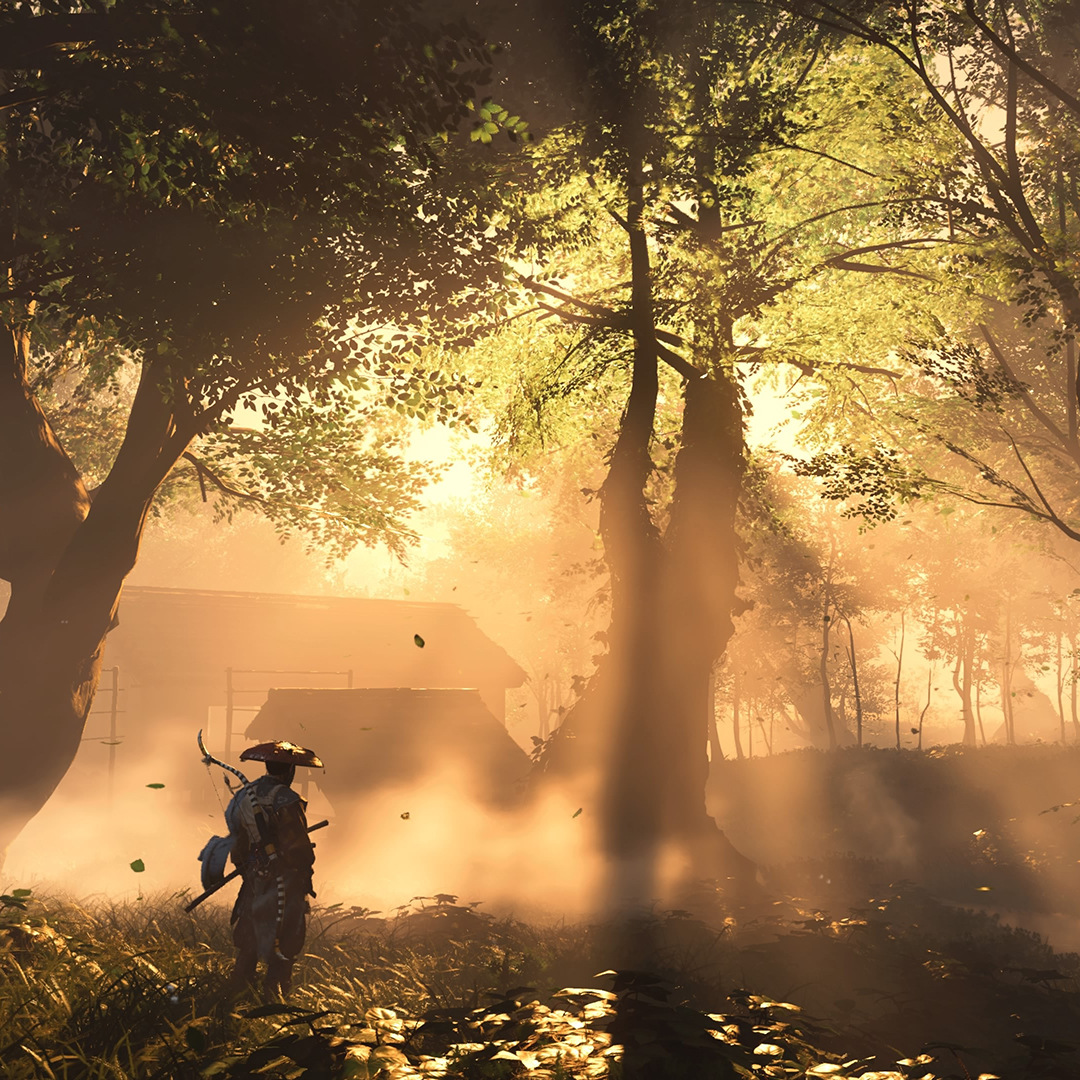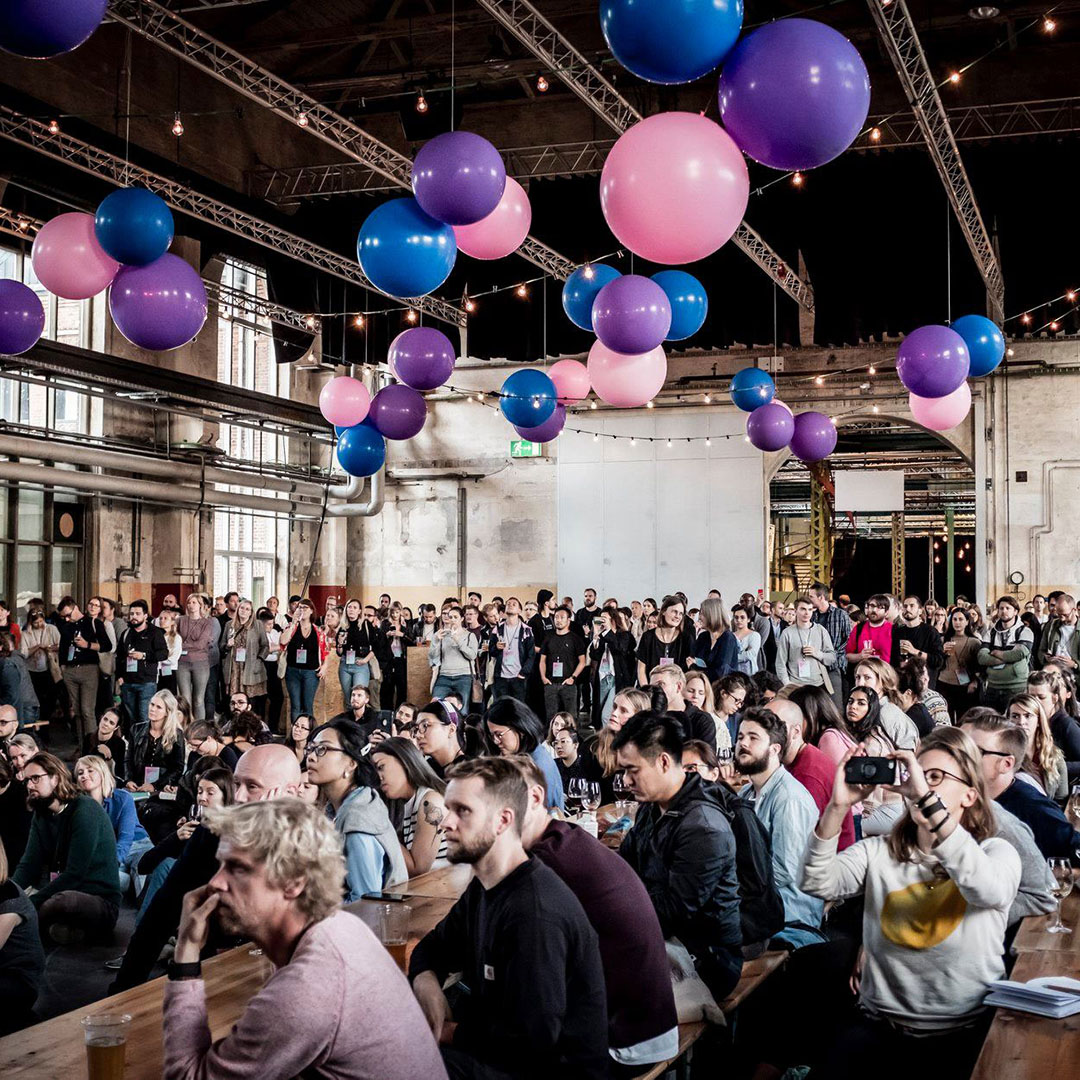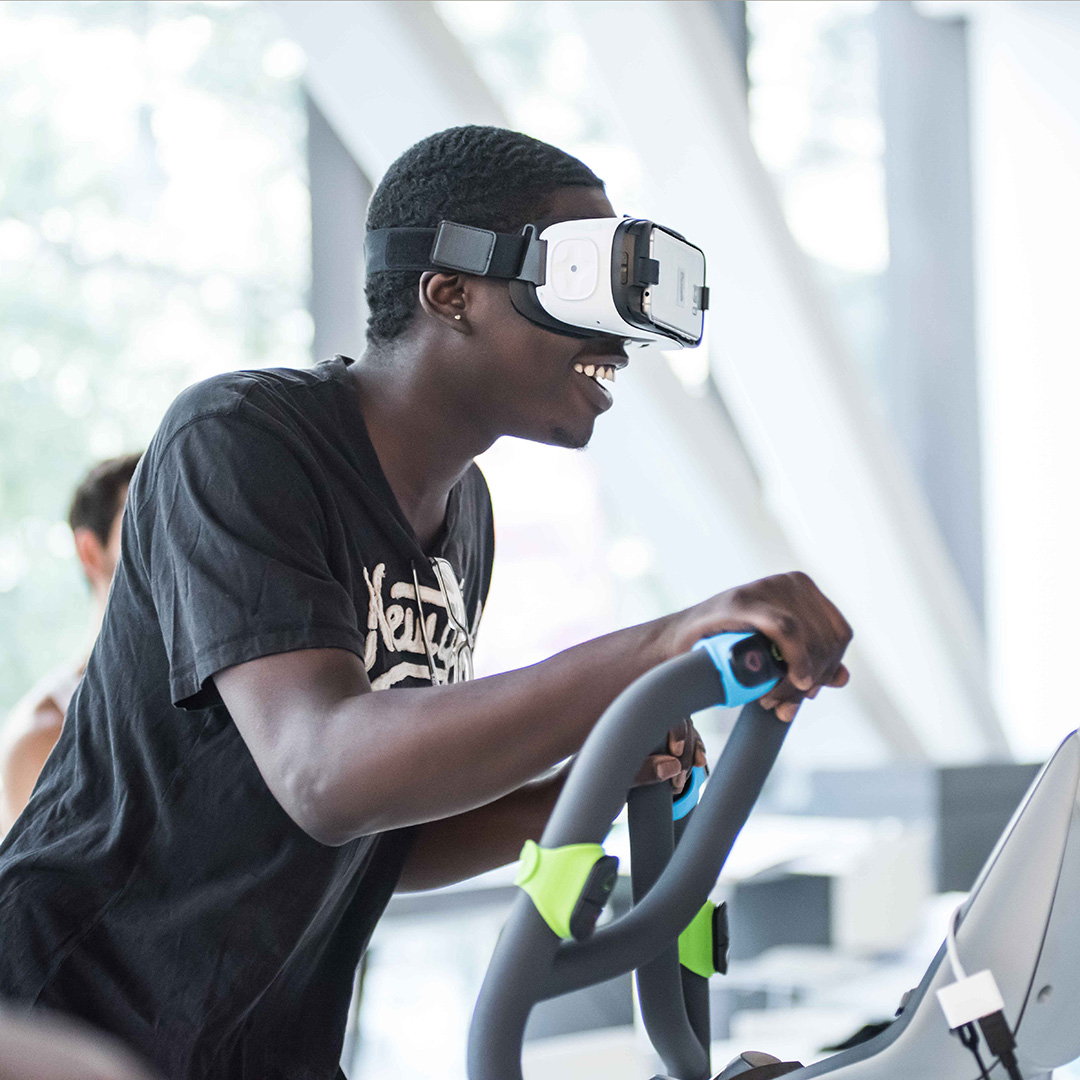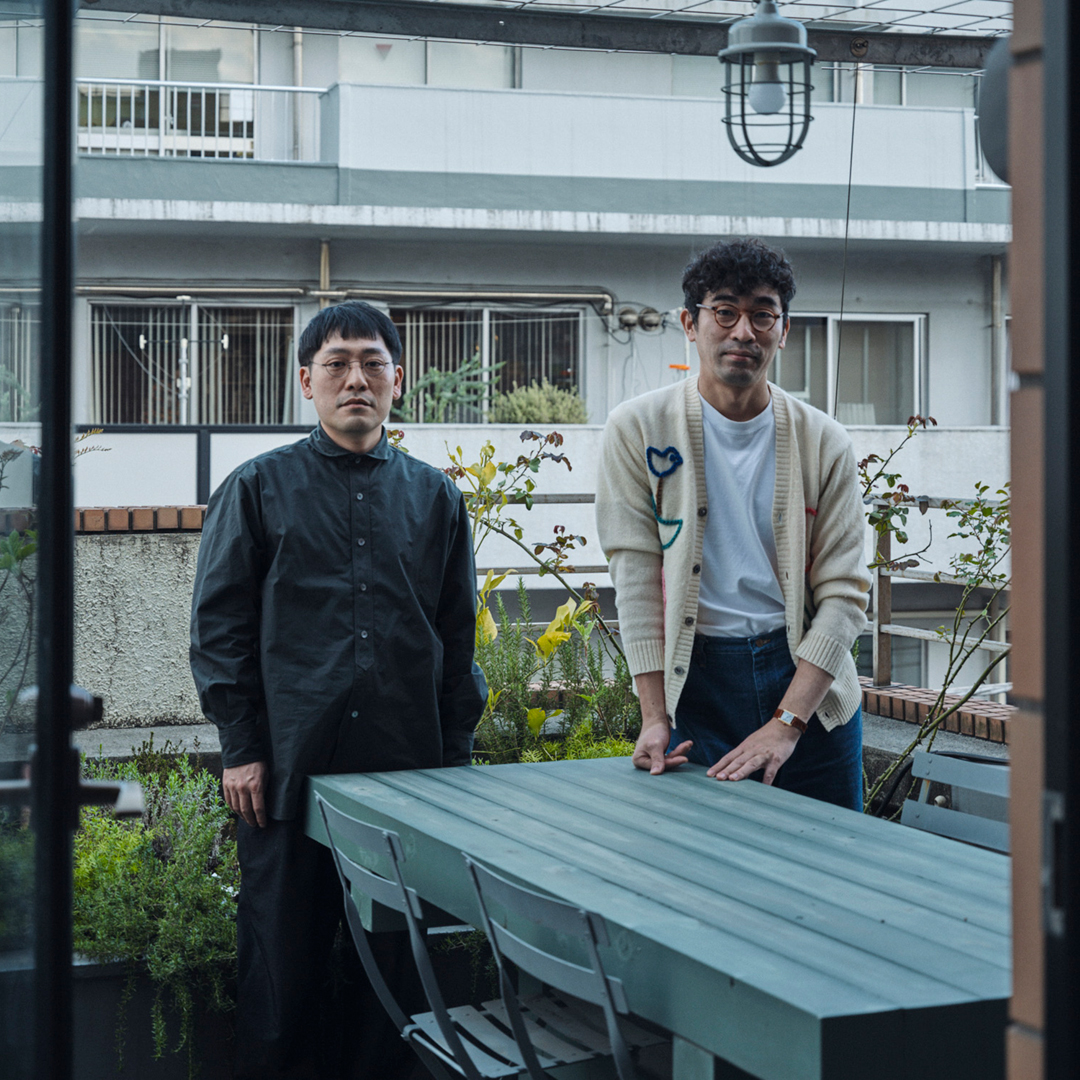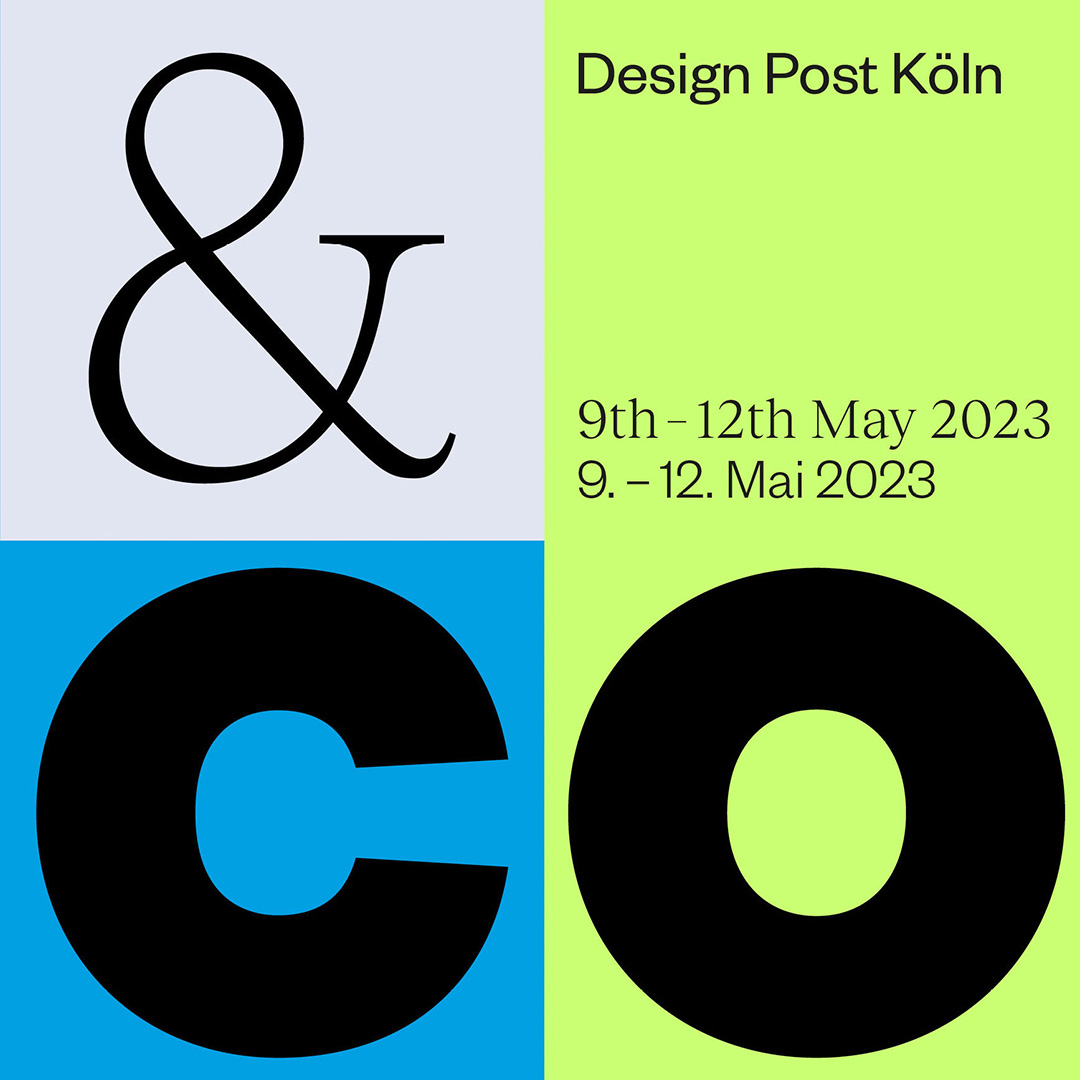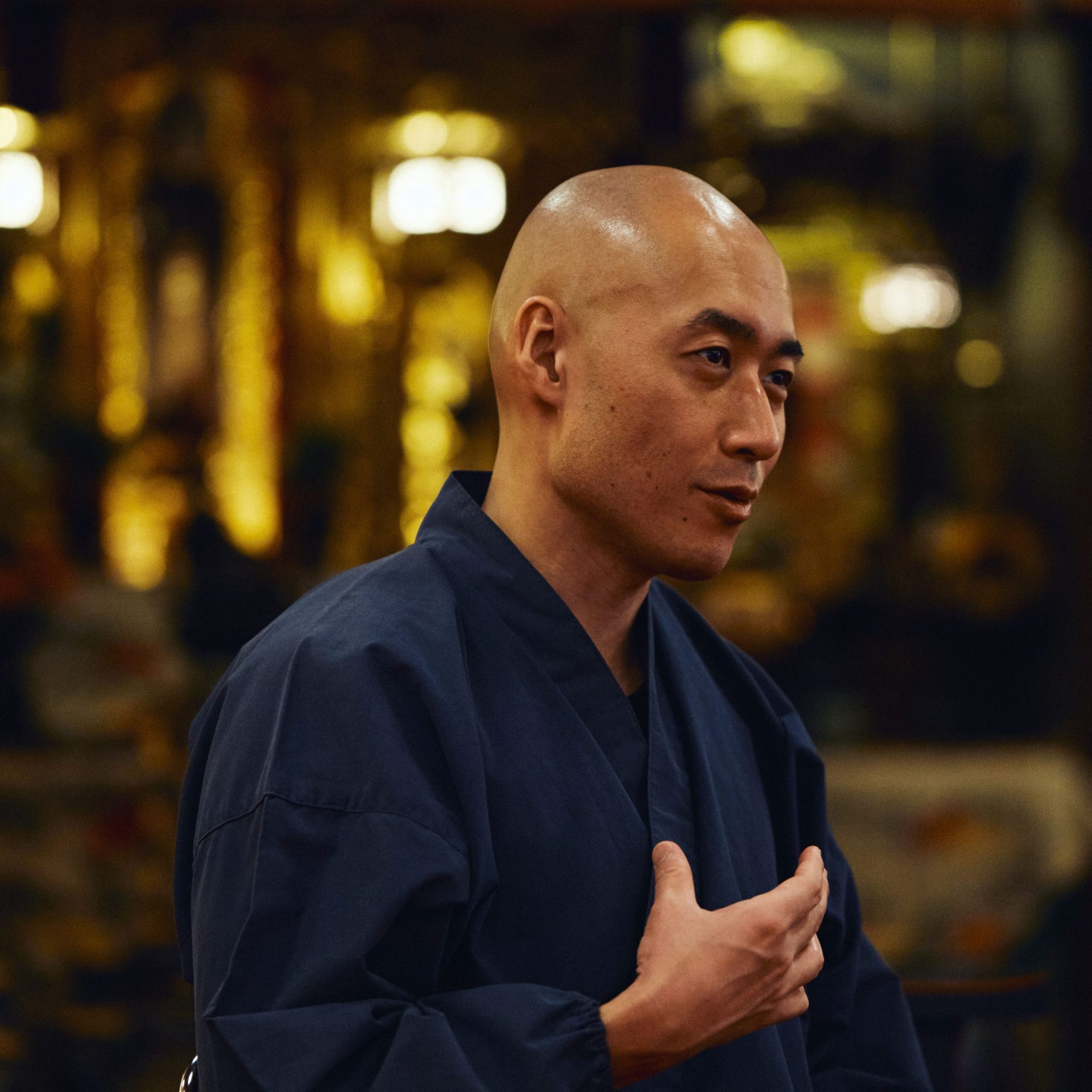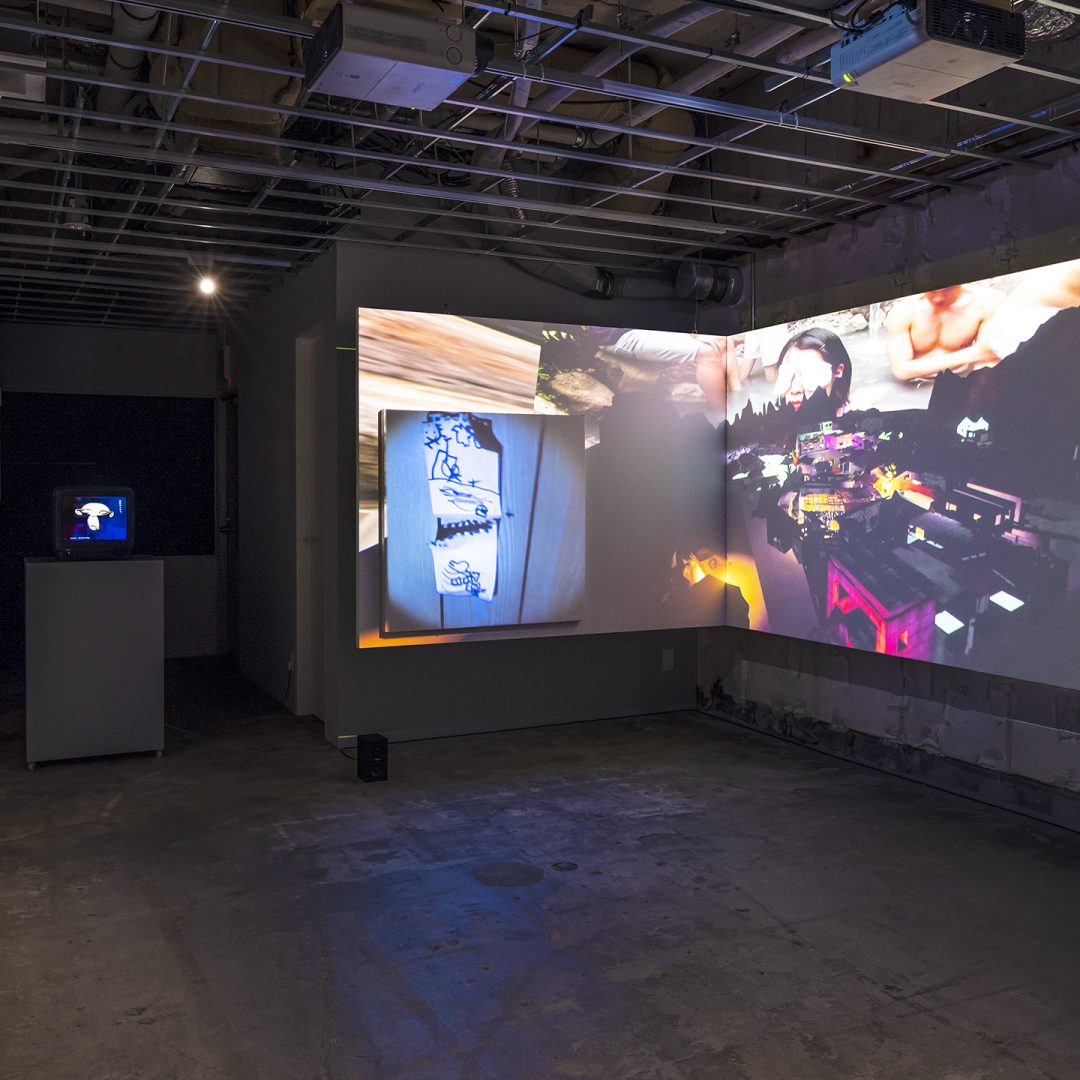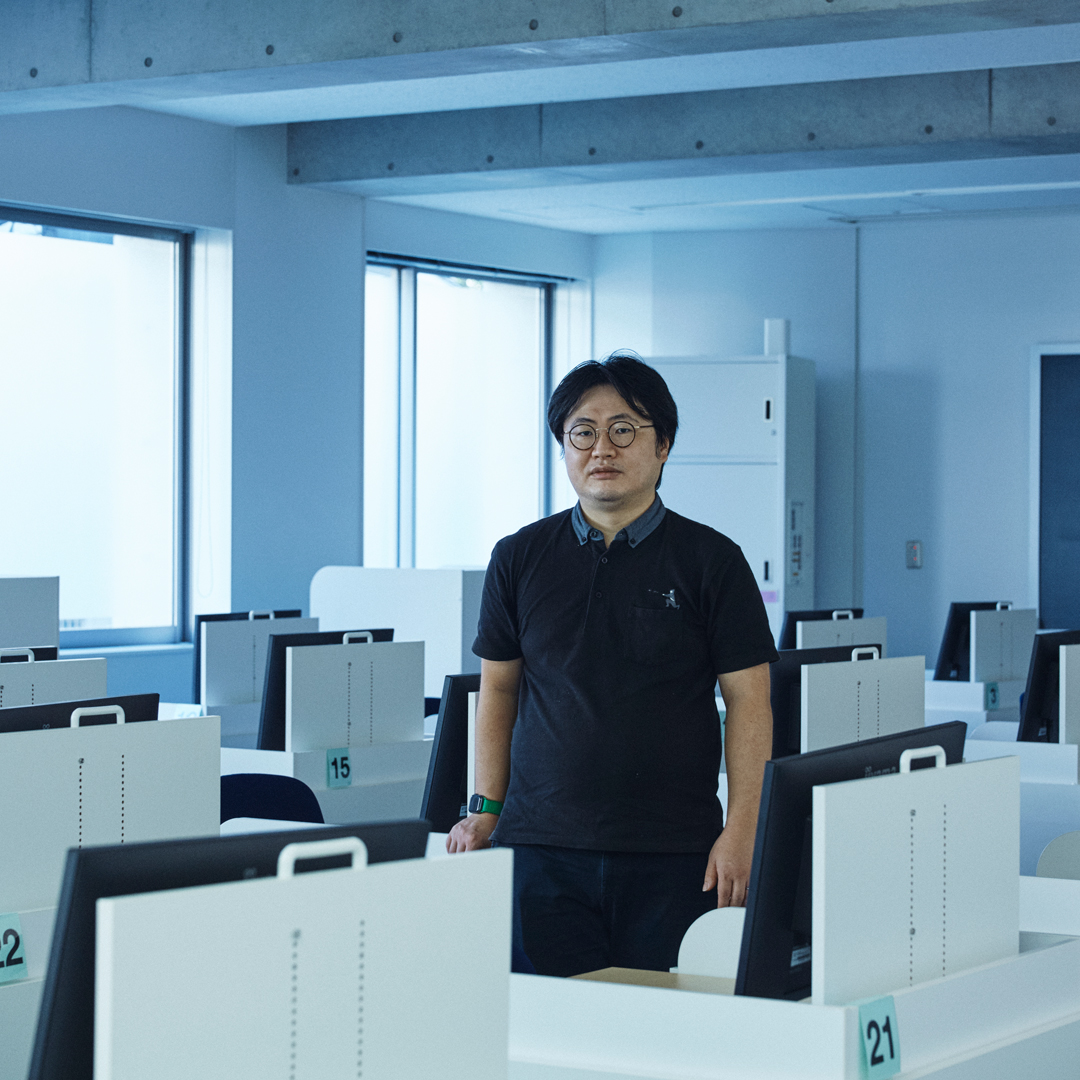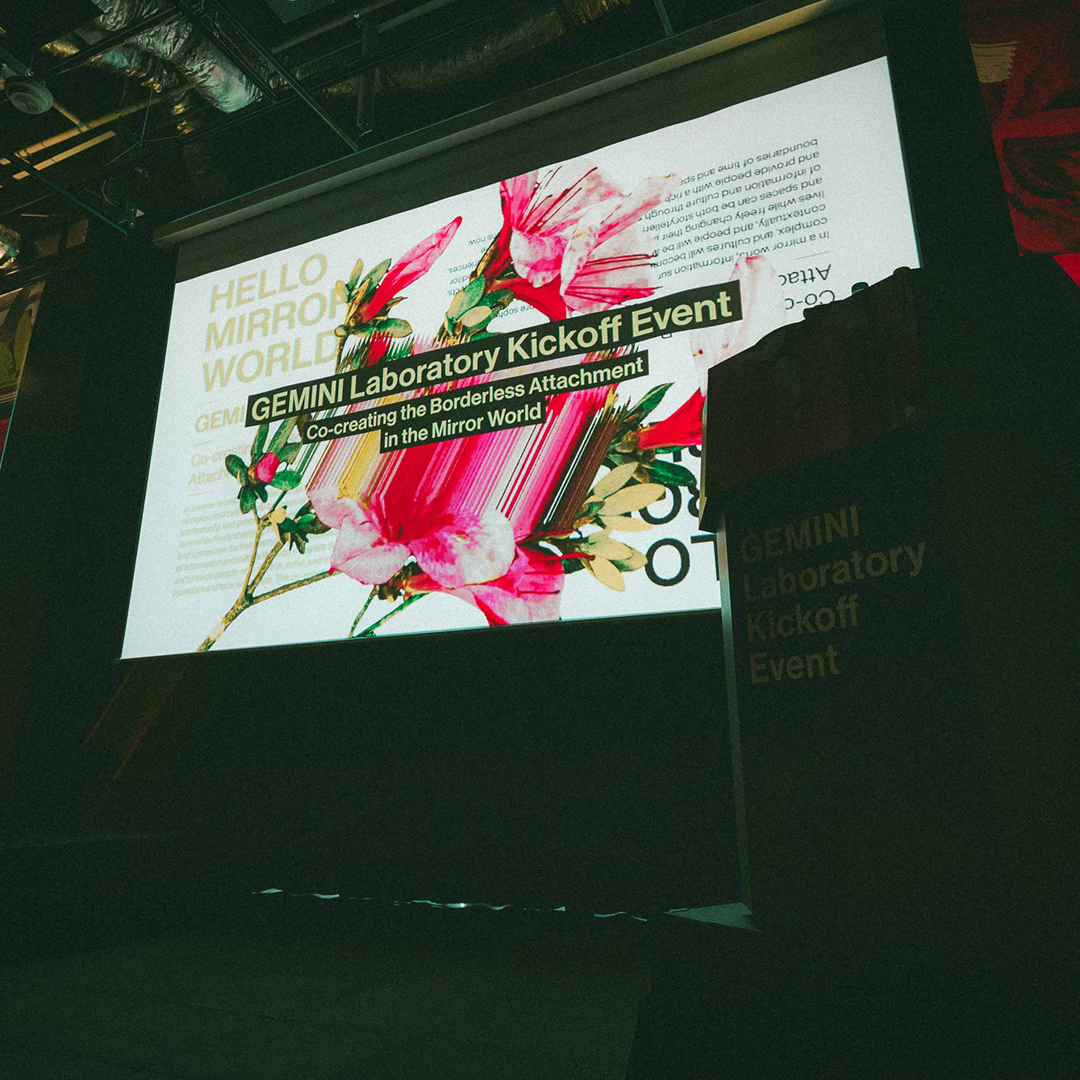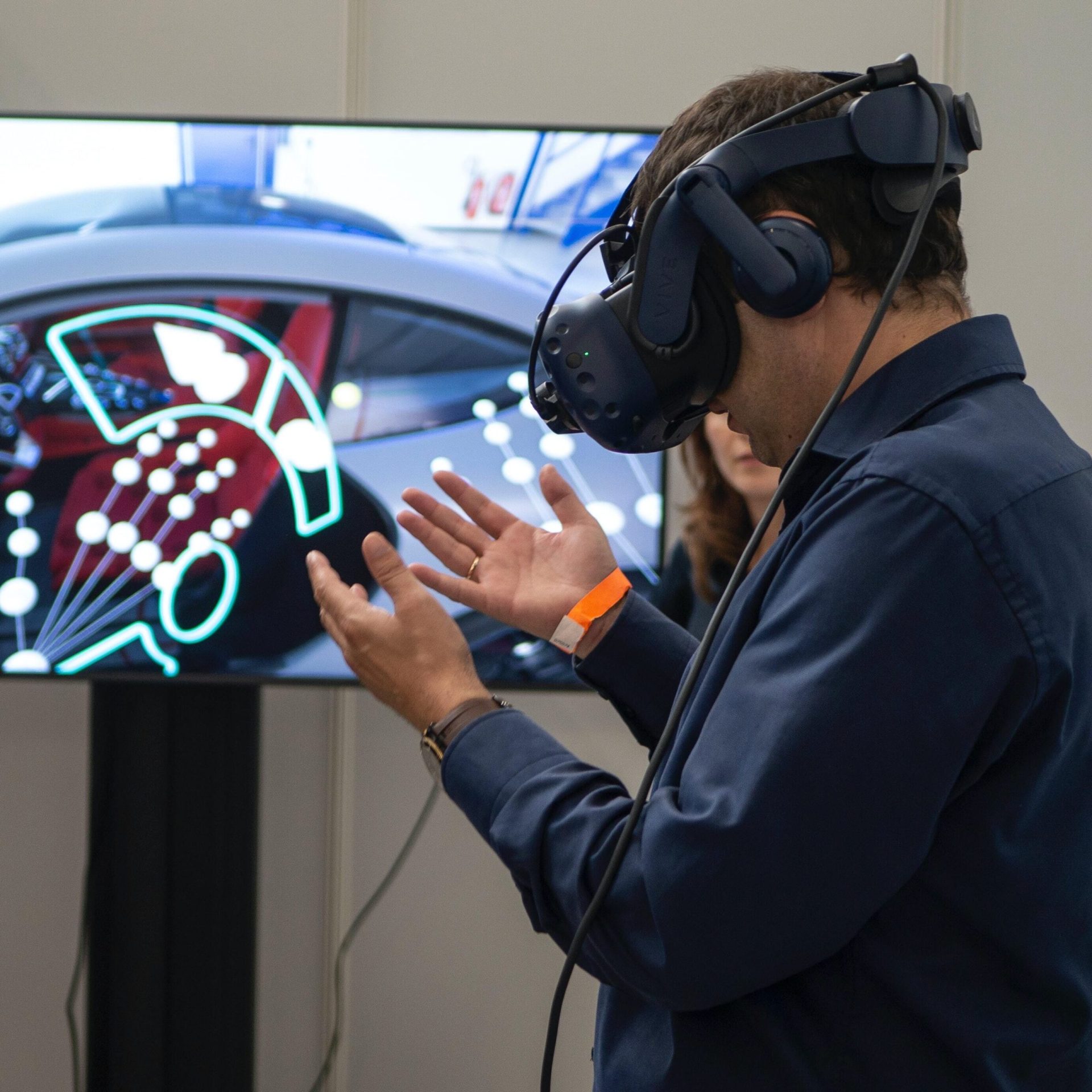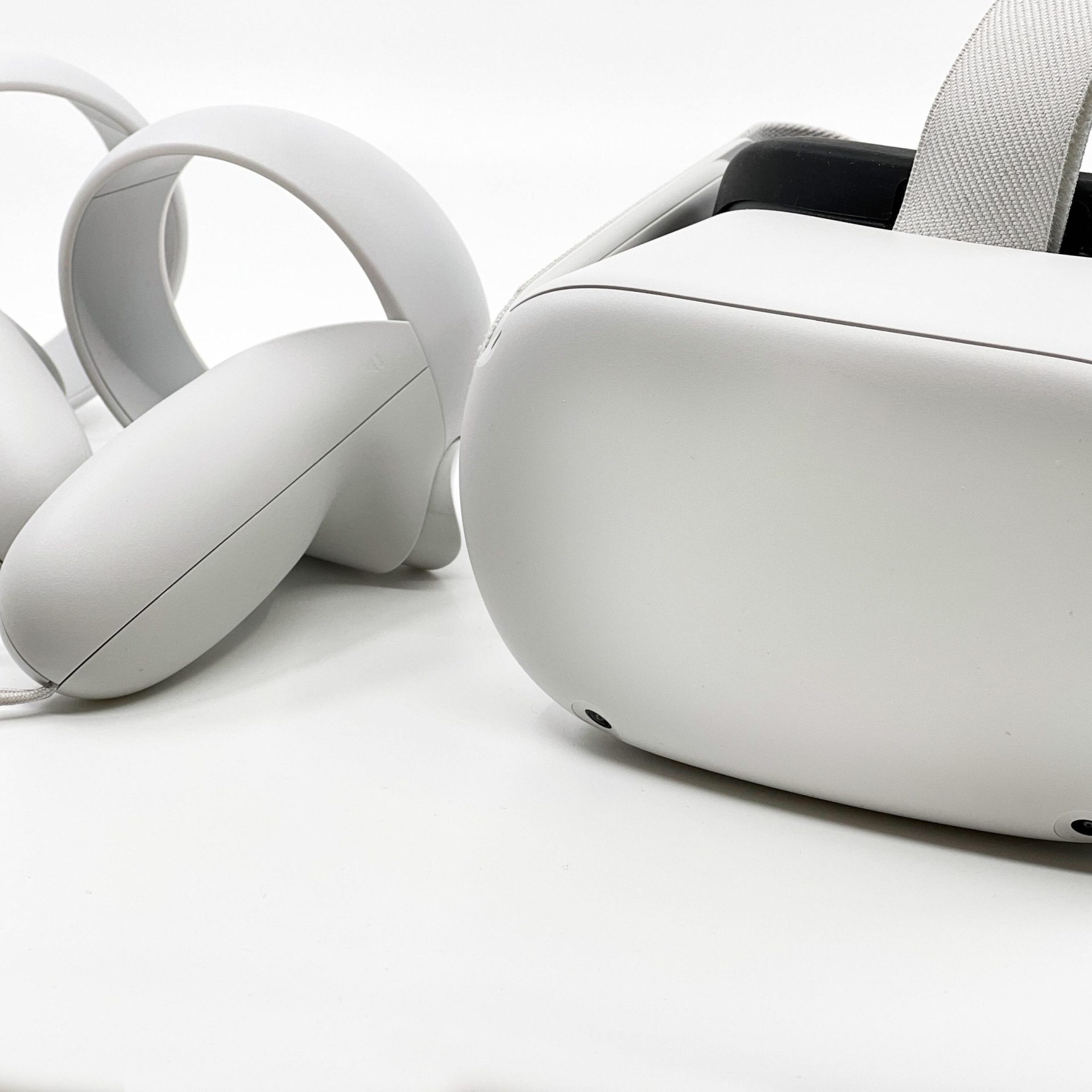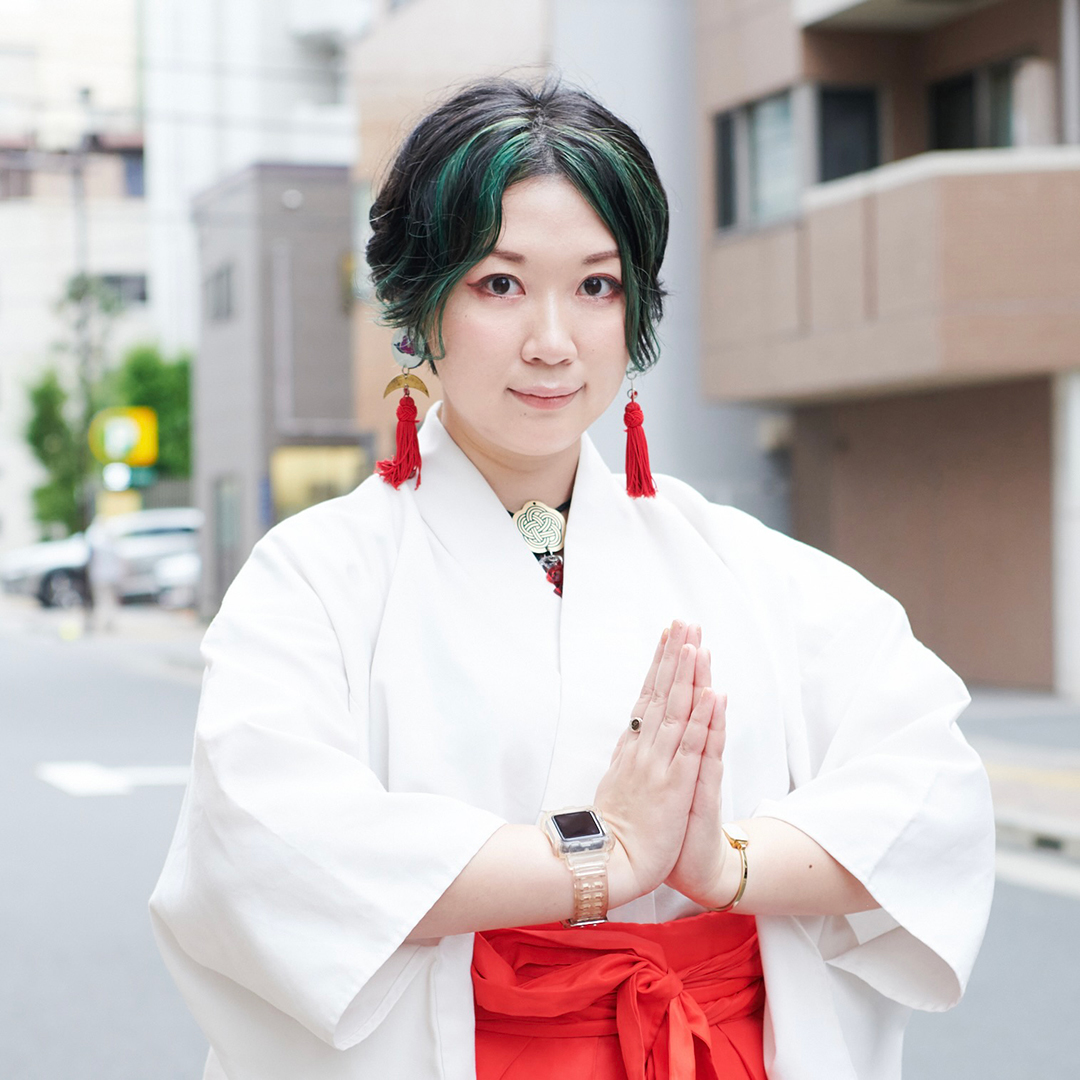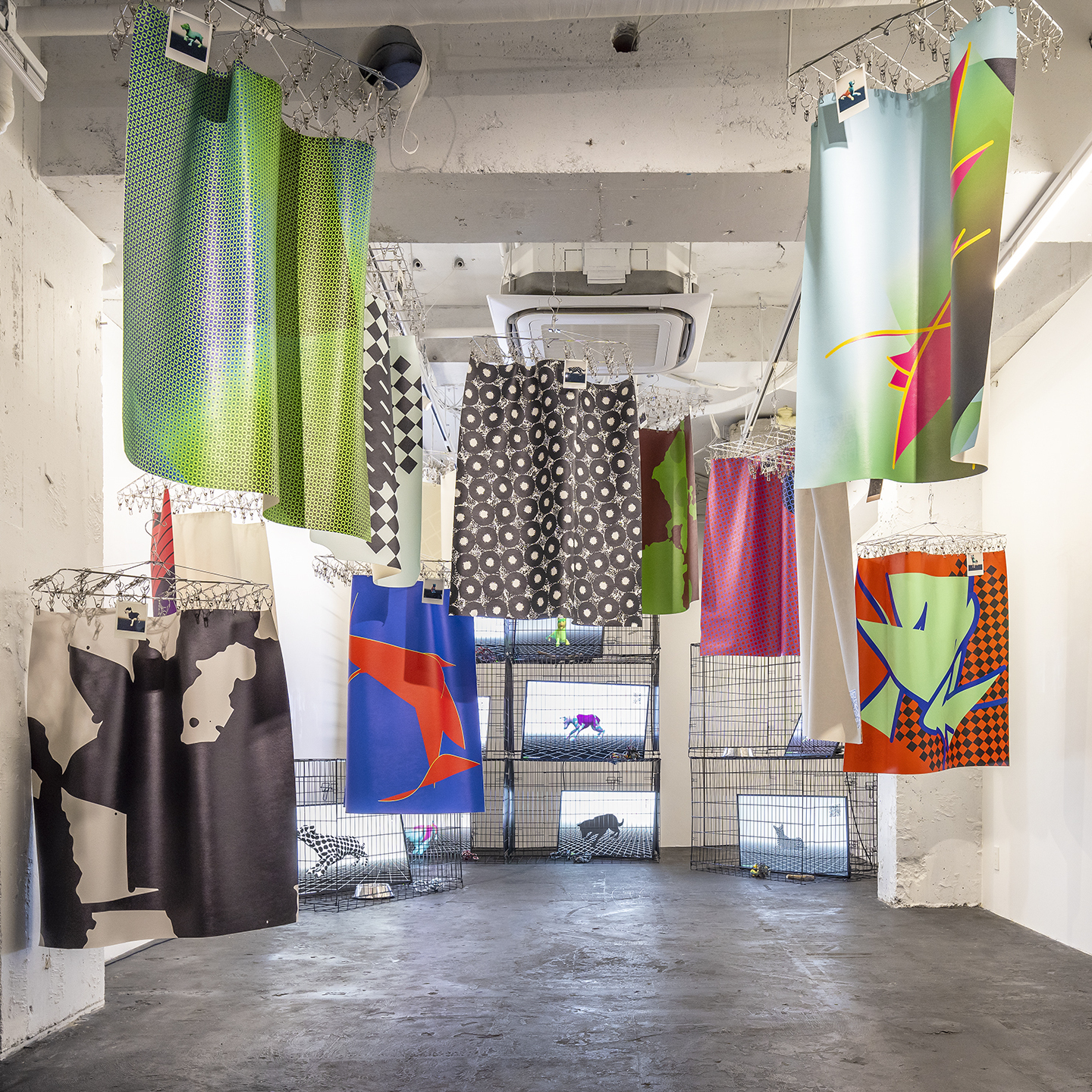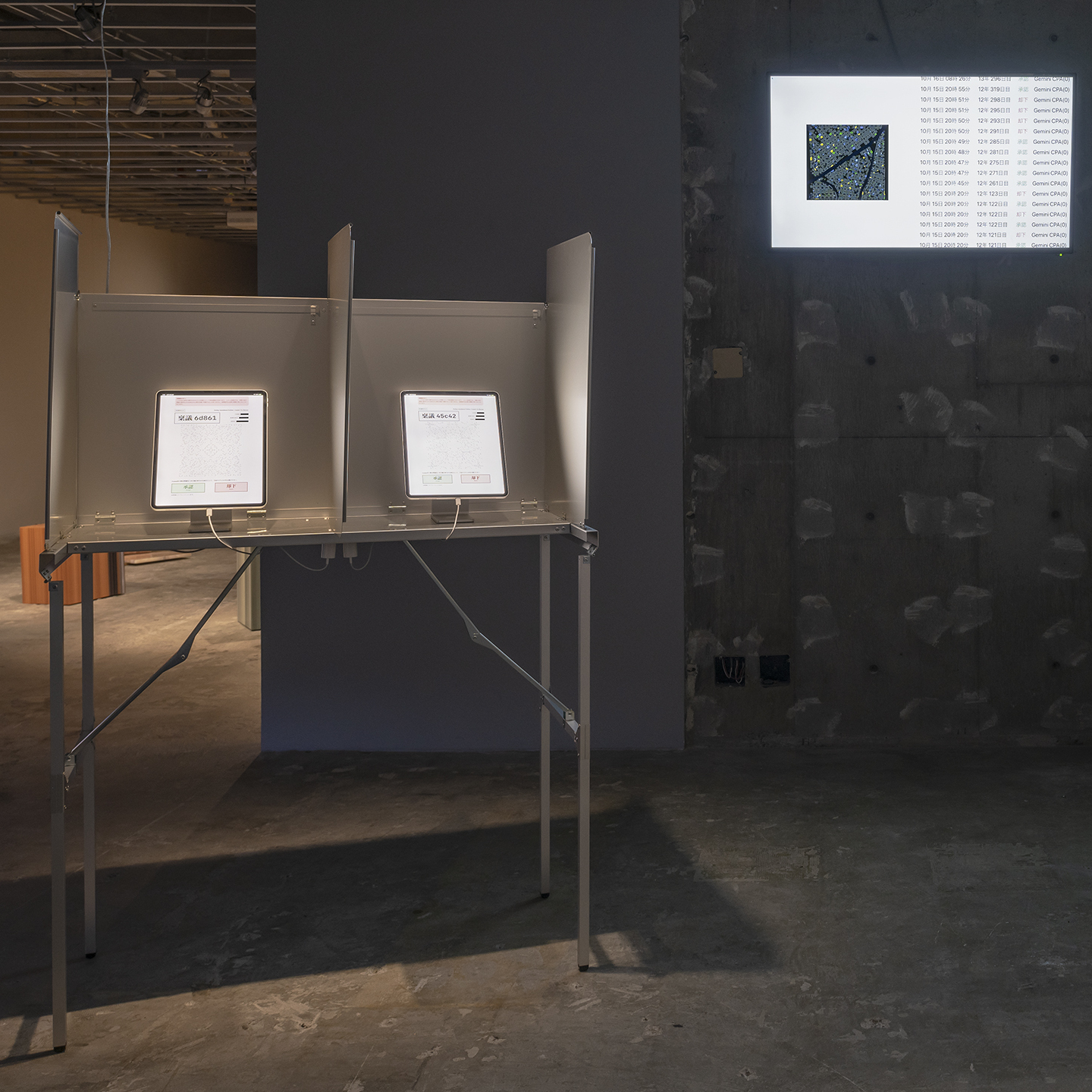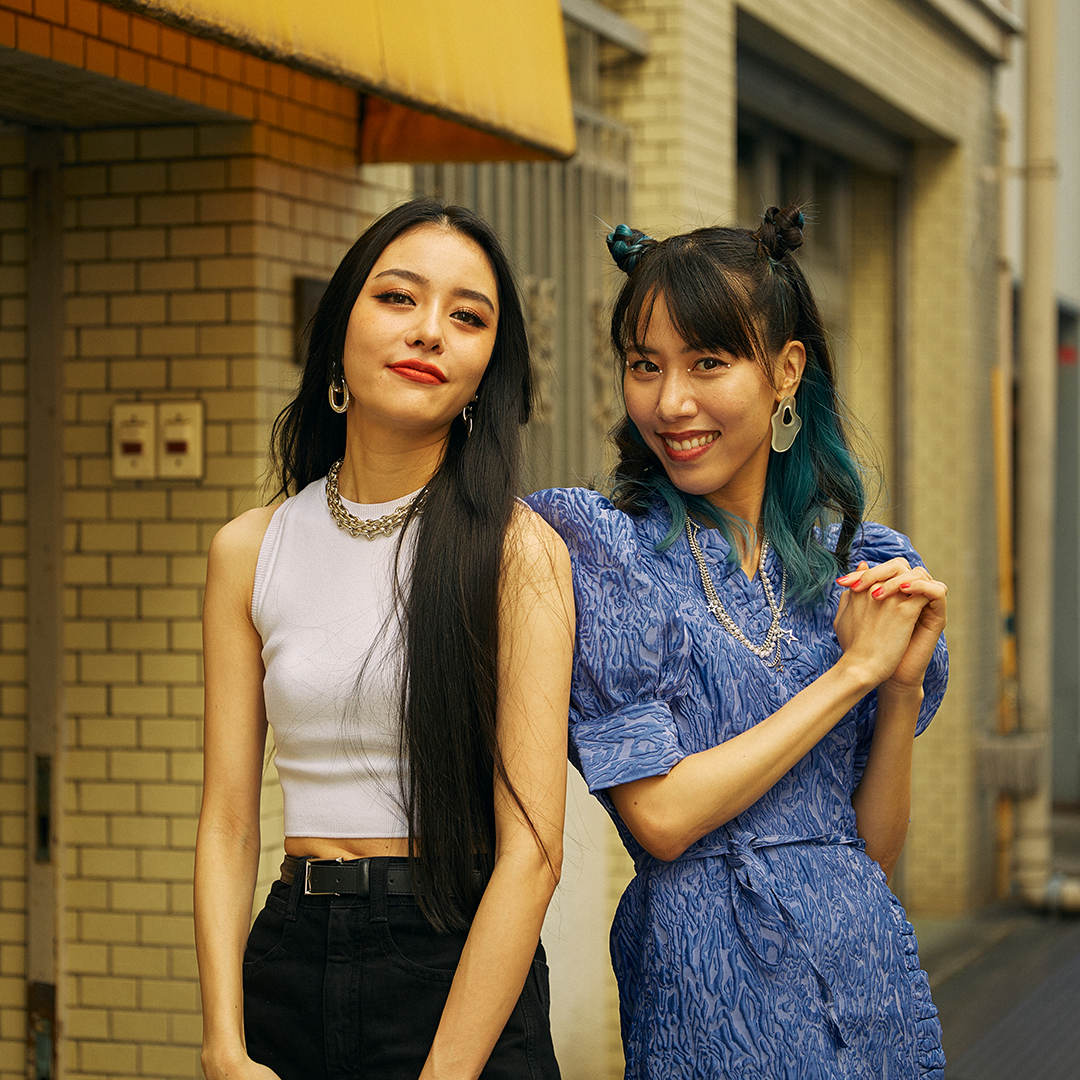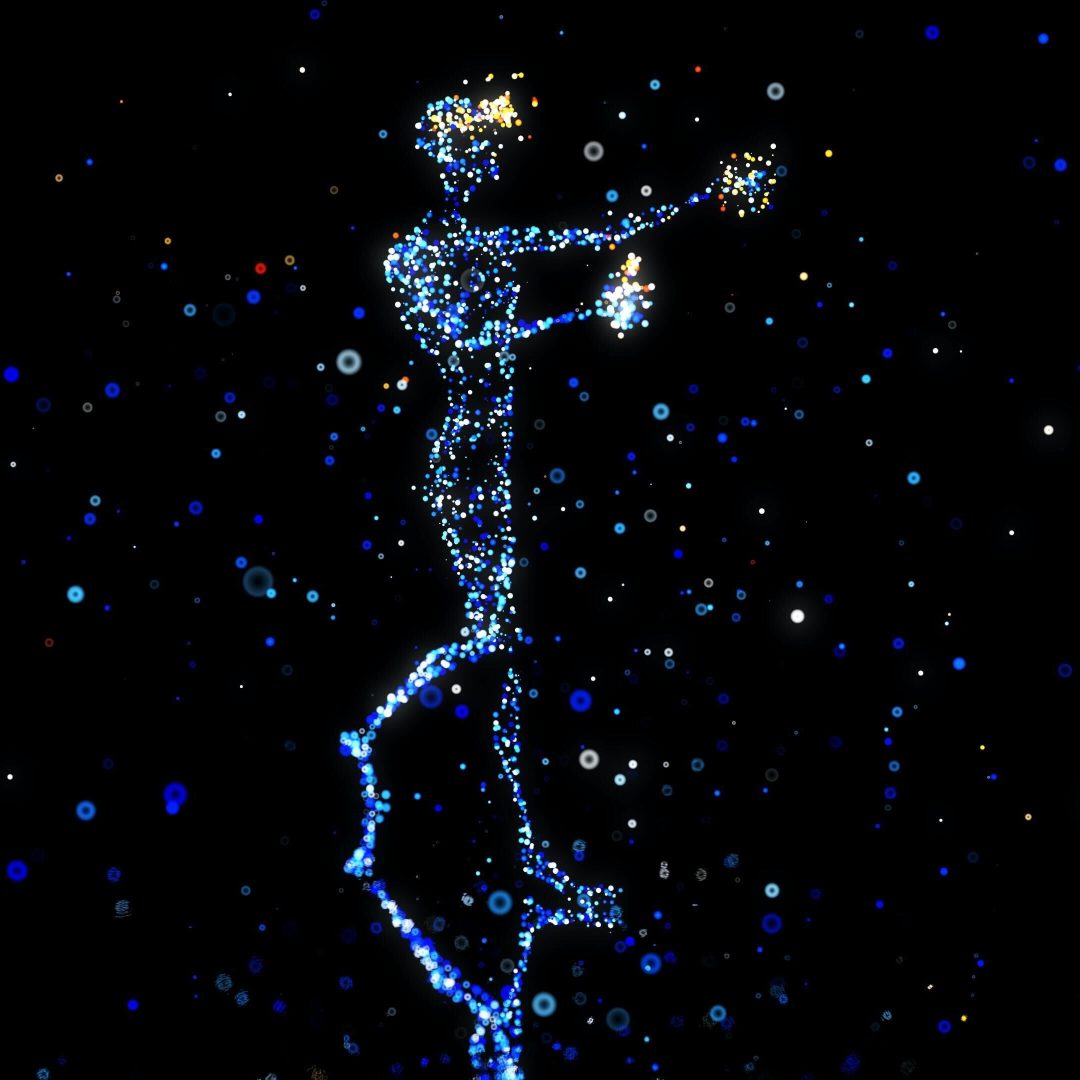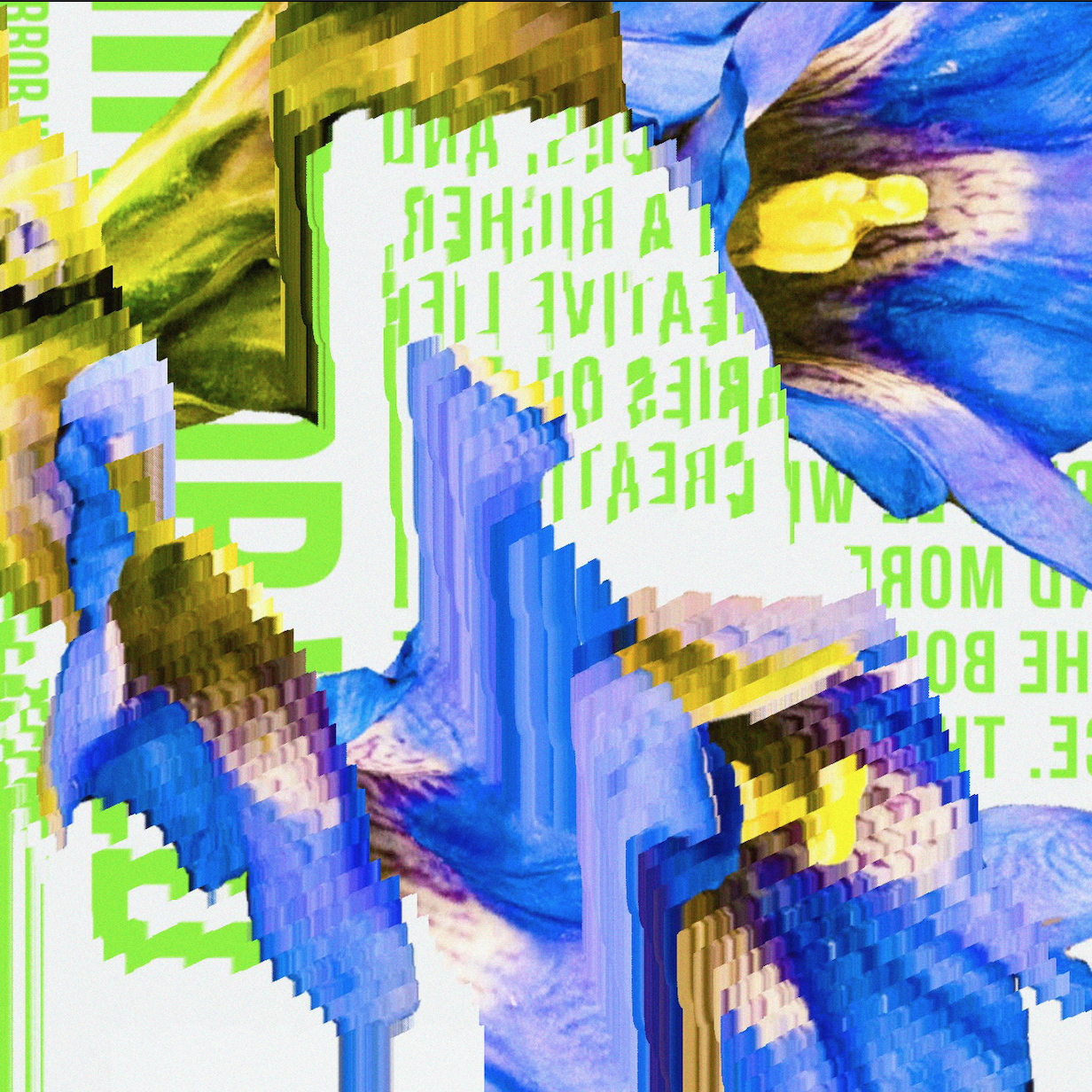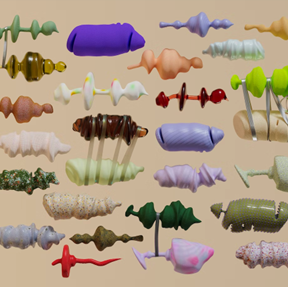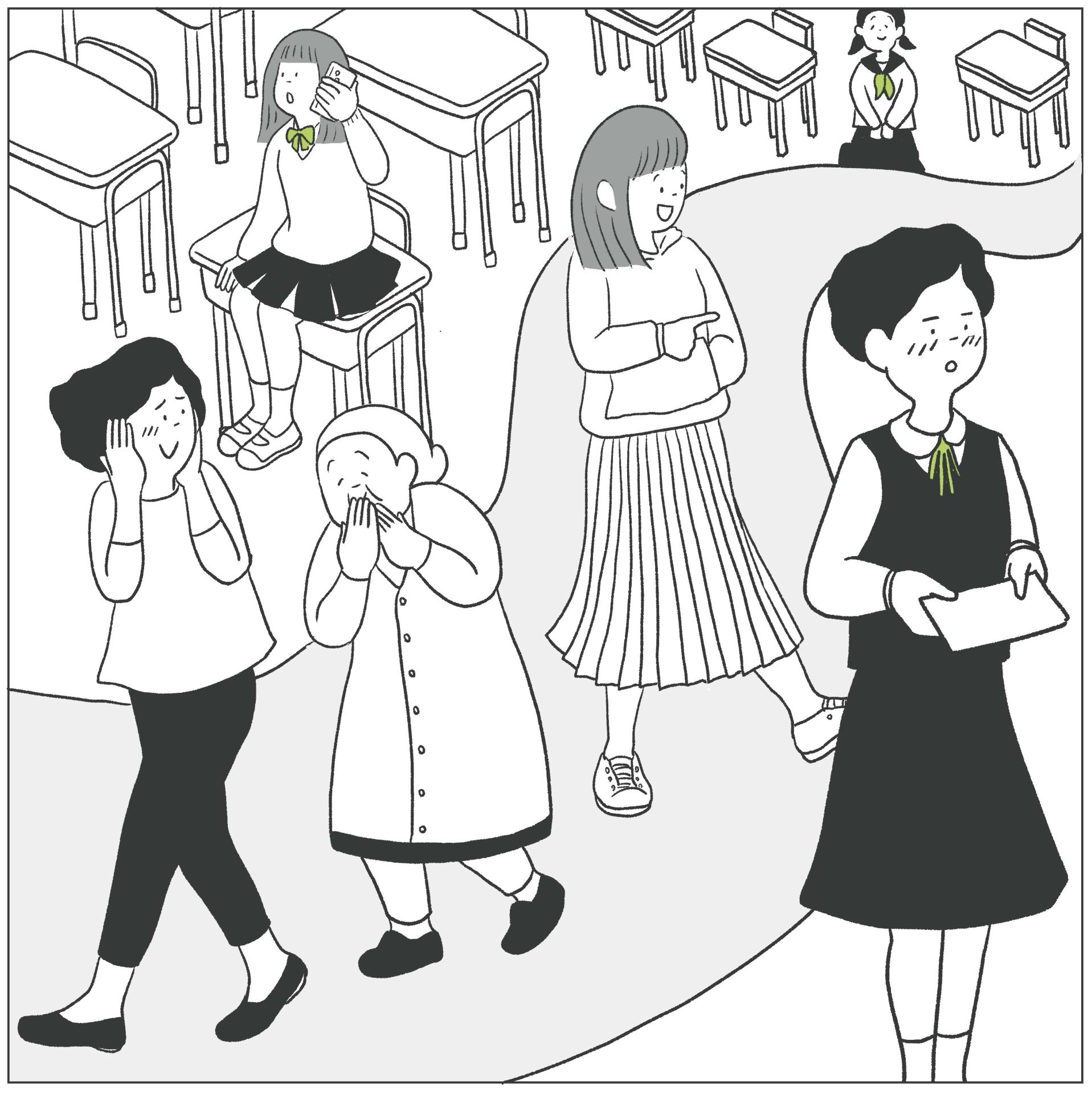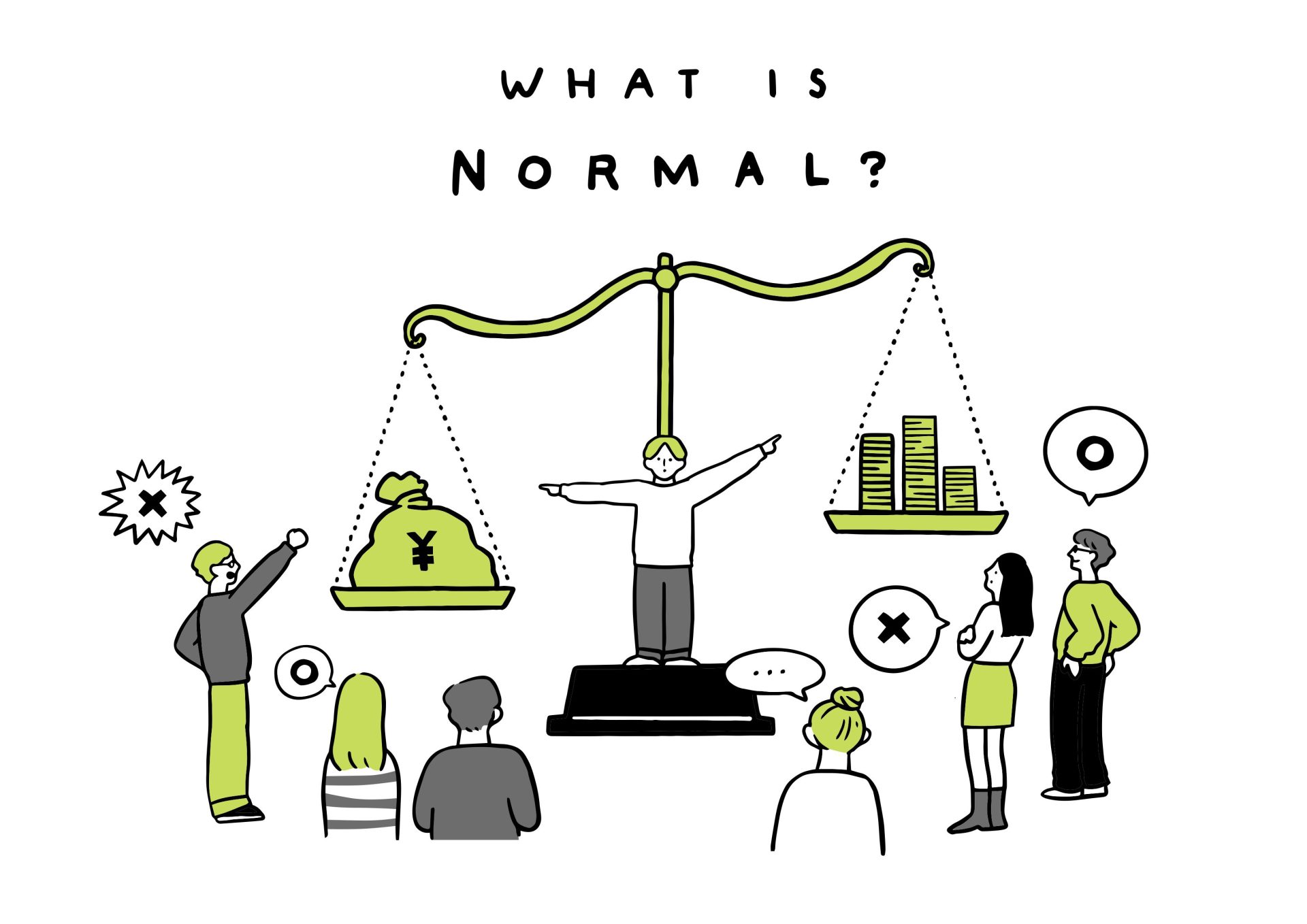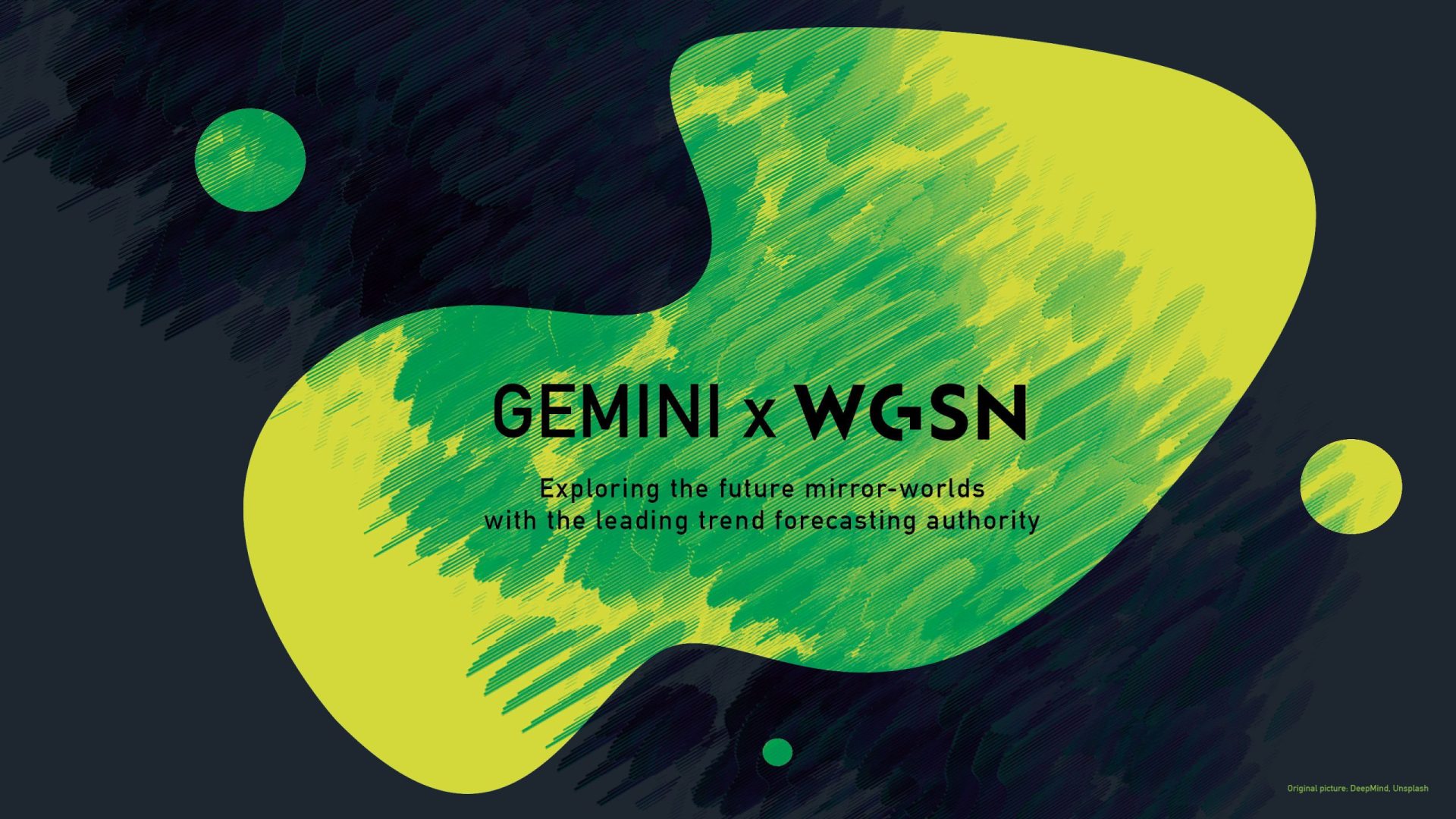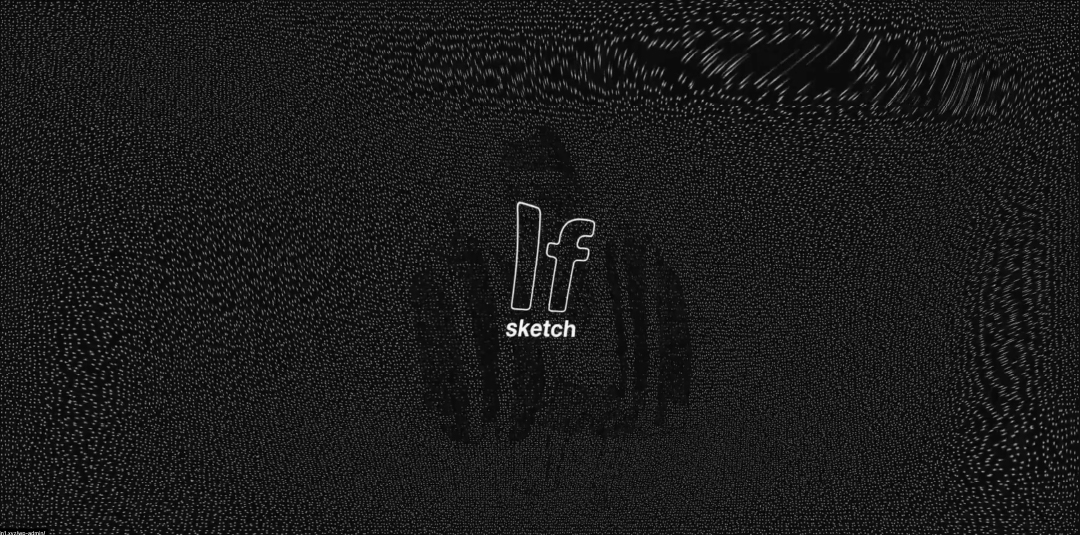The “Signposts for Predicting the Future” series is a column project in which experts from various fields present five works and projects that help us imagine the near future and look for clues to help us move forward.
The author of this article is Akiko Okada, Research/Insight Specialist. She has been involved in establishing “SKS JAPAN,” a global foodtech summit, and building a community of foodtech innovators. Ms. Okada, co-author of “The Foodtech Revolution,” gave us her 5 predictions for the evolution of food in 10 years.
According to “Catching Fire: How Cooking Made Us Human,” by Richard Wrangham, a Harvard anthropologist specializing in primatology, it was the discovery of cooking that separated humans from apes. Cooking made nutrient absorption more efficient. Humans invented boats to search for fish, learned the art of “domesticating” animals, created “dairy farming” and devised ways to obtain animal protein without killing animals. On the other hand, journalist Michael Pollan wrote in his book “Cooked” that cooking also brought about social development. Humans began to eat in groups at fixed times and places, and they developed a social nature. The history of humanity itself could be called the “history of food x technology”.
How is “food” evolving today? There are two main directions: First, social issues arising from food must be resolved. Food is closely linked to environmental and health issues. Our “food choices” will determine both the well-being of the planet and the well-being of people. Japan’s low food self-sufficiency rate and labor shortage are urgent issues that need to be resolved. Another direction is to open up the diverse value of food. Food is more than just about satisfying our appetites. Through food, we build society. Just as our ancestors who discovered cooking did, we today bond over “food from the same pot”. We nurture our creativity and satisfy our intellectual curiosity through food.
Given these directions of food evolution and technological advances, what kind of eating habits will we have in 10 years? This article presents scenarios for the future of food based on aspects such as the food system, food self-sufficiency, health, creativity and food culture.
The world of Personalization 3.0
“It’s 6 a.m. one morning in the summer of 2034, I start my day by checking my physical condition on my smartphone. Sleep score OK, body nutrient balance is 70 points. Sleep tracker and smart toilet score not bad. The tablet in the kitchen shows today’s recommended food and exercise menu, just like Netflix suggests your favorite movies. I used to get frozen meals delivered from the recommended menu, but now, as long as I know the recommended ingredients, I can make them myself depending on how I feel and what I want to eat for the day. After all, it tastes better when I make it myself. Let’s aim for 80 points for a nutritional balance tomorrow morning ……”
Such an everyday life may come in 10 years.
Over the next decade or so, smartwatches, home toilets, and other means of measuring real-time biometric data will proliferate, and individuals will be able to constantly know their own condition. Inevitably, people will try to optimize their diet, exercise, and sleep to improve their condition. Gone are the days of “sugar restriction” and “low salt” diets where everyone believed in the same benefits, and it will be commonplace to take optimal foods and supplements while watching your score fluctuate to determine what and how to eat for your own health.
The era of “Personalization 2.0” will soon arrive, evolving from “Personalization 1.0,” where people eat what they believe is somehow good for them, to “Personalization 2.0,” where people even look to see if it is definitely effective. However, as the days of dietary instructions continue to fly by, the freedom to choose meals will be taken away. People will find it tiring to follow the easy-to-understand indicators of functional convenience and scores. What wisdom is contained in the ingredients and recipes, what kind of soil did they grow in, what kind of ocean did they grow in? What do my body and mind need? Services that optimize each person’s values, way of life, and even preferences will proliferate as “Personalization 3.0”.
Diverse food experiences through the Micro Food System
“This week’s cafe latte is served as a ‘soy latte’ made with soybeans from a plant factory in Tokyo.” In the year of 2033, I casually stop by a large foreign cafe chain where the type of milk changes weekly. In 10 years, it may be the norm for chains to have rapidly changing menus.
The 20th century was an era when supply chains were set up on a global scale and the same food and beverages were served around the world, as exemplified by fast food and cafe chains. Whether you go to McDonald’s in the United States, Singapore, or France, you will be served almost the same menu items. Visitors from any country are relieved to find the familiar taste of McDonald’s. However, today’s food system of mass production and consumption on a global scale is in fact very fragile. It also has a high environmental burden and is difficult to sustain. In the future, circular economy zones will be implemented and services will be provided on a regional zone basis. In other words, large chains will strengthen their relationships with producers in each region, and a “Micro Food System” will become the norm, with the menu of the day changing rapidly according to the season and the supply/demand balance of ingredients at that time.
Rise of Tokyo vegetables through Urbanization
The era of greater freedom in where you work. In 2033, the reason for going to the office might be to harvest vegetables. “The tomatoes I planted in the urban farm at the Nihonbashi office are getting a good sugar content today, so let’s harvest them and have lunch there,” a colleague invites me. The IoT-managed urban farm is a system that shows harvest time on a daily basis. Employees take turns caring for the plants, such as watering and fertilizing. Digital technology makes this kind of thing fun and easy. Over the next 10 years, companies will become more and more involved in vegetable production in some way, especially in urban areas.
The reasons are these. Due to rising temperatures or heavy rains caused by climate change, domestic agricultural, fisheries and livestock harvests are declining. Farmers are aging. After years of relying on imports for food security, the government finally takes action and food security is promoted through food loss prevention measures or upcycling. In cities, too, urban farms and food production using cultivation technology are developed in plant factories or high-rise buildings, offices, balconies, plazas and other places, and food preservation technology such as freezing and refrigeration is also implemented in society. Through Urbanization, Tokyo-grown vegetables are lined up in supermarkets. Increasing urban food self-sufficiency is not just a dream.
Creatives create five-sense Hack food
The evolution of generative AI could significantly change the way processed foods are developed. In the past, only professionals could create videos, and they had to be placed on TV broadcasts to be seen. Now there is a system for anyone to shoot, edit, upload and monetize videos. Will this ever become a reality for food?
In the next decade, it will be easier for all kinds of creative human resources (= Creatives) to be involved in the development of food and to participate in the development of menus, even if they are not experts such as food companies or chefs. With the evolution of 3D food printers, interior designers and fashion designers may design food products. 3D food printers could be everywhere in the city, becoming an infrastructure that everyone can use freely. It is likely that individuals will even be able to create their own unique food products.
In addition, advances in brain science further expand the range of “experience design” that food can bring. It will be possible to design foods with more specific “benefits” and “tastes” in mind. For example, if the appearance of a food is made pink, the brain perceives it as sweeter, and this can be used to create a food that you can enjoy a sweet taste while having fewer calories. The music we listen to while eating enhances the benefits of food, and other food experiences that maximize the effect of food through the five senses will increasingly be incorporated into our daily lives.
Japanese food as a Regenerative food
Ramen, very popular among foreigners. It is even one of the reasons for visiting Japan. Probably the reason for their fascination with ramen is its taste, which can be described as immoral. But 10 years from now, ramen may attract attention for another aspect.
The global vegan boom that emerged in the 2020s. The animal welfare and protein crisis situation has created a growing momentum to stop “animal products,” and “meat alternatives,” “egg alternatives,” and “milk alternatives” have been developed one after another. However, biotechnologies such as many artificial additives, cell culture, and gene editing used to develop new food ingredients are difficult for the general public to understand, and there is a distrust of science, so even though they are environmentally friendly, there has been hesitation in their widespread use. Furthermore, the spread of “Personalization 3.0” will lead to the hyper-personalization of food, and food, which should have played the role of connecting people, will create a divide.
On the other hand, there was a time in the past when eating meat was not allowed in Japan, and the country has a culture of vegetarian cuisine. Today, Japanese food, with its emphasis on a balanced diet of various ingredients and respect for the seasons and nature, is seen as a kind of inclusive and regenerative food. The year 2033 may gain renewed attention as an era of food division. Ten years from now, ramen will have unlocked not only its taste but also its value as a regenerative food, thanks to the proliferation of fully nutritious noodles, or upcycled noodles made from unused ingredients to increase their nutritional value, soup broth made from pork, bonito, and other ingredients that are fully used in fermentation and smoking, and cooking robots that allow for a variety of flavor choices.
Guest Profile
-
Akiko Okada
Akiko Okada
Worked As Research/Insight Specialist At Consulting Firms Such As McKinsey & Company. Involved In Food Tech Ecosystem Building Activities Since 2017. In Addition To Participating In The Founding And Subsequent Planning And Management Of “SKS JAPAN”, A Global Foodtech Summit, She Has Been Involved In Activities Such As Building FoodTech-Related Communities, Deepening Insights And Disseminating Information. Co-Author Of “FoodTech Revolution” (Nikkei BP). Also Supervised “The Future of FoodTech” (Nikkei BP Intelligence Group) She Holds A Master's Degree From Osaka School Of International Public Policy, Osaka University.
Co-created by
-
Yasunari Watabe
Director/Artist
Yasunari Watabe
Director/Artist
A Visual Artist Who Provides Total Video Design And Direction For CM, PV, VI, Etc. As Well As Planning, Production And Direction For Graphics And Other Print Media. Working With Both 2D Motion Graphics And 3DCG, He Specializes In Expressing A Catchy And Pop Worldview. In Addition To Video Works, He Also Focuses On Personal Artwork And Held A Solo Exhibition “LAYERED” In 2021.
- Related Link: https://www.pics.tokyo/member/yasunari-watabe/
Tag
Share
Discussion
Index
Index
Archives
Recommend
Recommend
Recommend
Recommend
Recommend
-

{ Special }
Material Duality:Meta Materials
Material Duality:Meta Materials
Material Duality:Meta Materials
-

{ Special }
Time Travel Where You Walk Through Timelines
Time Travel Where You Walk Through Timelines
Time Travel Where You Walk Through Timelines
-

{ Special }
The “Futsu” Metaverse
The “Futsu” Metaverse
The “Futsu” Metaverse
-

{ Community }
Scenting the metaverse with olfactory futurist, Olivia Jezler
Scenting the metaverse with olfactory futurist, Olivia Jezler
Scenting the metaverse with olfactory futurist, Olivia Jezler
Hot topics
Hot topics
Hot topics
Hot topics
Hot topics
-

{ Community }
Scent Transcends Memory to Change Behavior. The Future of Digital x Olfaction, by Scent Marketing Pro Gouchi Hamada
Scent Transcends Memory to Change Behavior. The Future of Digital x Olfaction, by Scent Marketing Pro Gouchi Hamada
Scent Transcends Memory to Change Behavior. The Future of Digital x Olfaction, by Scent Marketing Pro Gouchi Hamada
-

{ Community }
The stage is a restroom designed by Tadao Ando. Possibilities of media mix that GEMINI pioneers.
The stage is a restroom designed by Tadao Ando. Possibilities of media mix that GEMINI pioneers.
The stage is a restroom designed by Tadao Ando. Possibilities of media mix that GEMINI pioneers.
-

{ Community }
“Conveying the Moment of ‘Now’ in History: Catalan Artist Xavi Bové’s Light Expressions”
“Conveying the Moment of ‘Now’ in History: Catalan Artist Xavi Bové’s Light Expressions”
“Conveying the Moment of ‘Now’ in History: Catalan Artist Xavi Bové’s Light Expressions”
-

{ Community }
“Designing with Heart: How Amanda Talbot is shaping a better future through emotionally intelligent AI”
“Designing with Heart: How Amanda Talbot is shaping a better future through emotionally intelligent AI”
“Designing with Heart: How Amanda Talbot is shaping a better future through emotionally intelligent AI”
-

{ Community }
Unearthing the Future: How ancient history can guide modern innovation with Darius Arya
Unearthing the Future: How ancient history can guide modern innovation with Darius Arya
Unearthing the Future: How ancient history can guide modern innovation with Darius Arya
-

{ Community }
Interview with Masayoshi Yokoyama from Ryu Ga Gotoku Studio. Talks about reality in games and the future of the industry
Interview with Masayoshi Yokoyama from Ryu Ga Gotoku Studio. Talks about reality in games and the future of the industry
Interview with Masayoshi Yokoyama from Ryu Ga Gotoku Studio. Talks about reality in games and the future of the industry
-

{ Community }
The new form of pilgrimage. What is the border of real and fictional worlds that Petra Szemán pictures?
The new form of pilgrimage. What is the border of real and fictional worlds that Petra Szemán pictures?
The new form of pilgrimage. What is the border of real and fictional worlds that Petra Szemán pictures?
Special
Special
Special
Special
Special
Featured articles spun from unique perspectives.
What Is
“mirror world”...
What Is
“mirror world”...
What Is
“mirror world”...
What Is
“mirror world”...
What Is
“mirror world”...
“mirror world”... What Is
“mirror world”... What Is
“mirror world”... What Is
“mirror world”... What Is
“mirror world”...
Go Down
Go Down
Go Down
Go Down
Go Down
The Rabbit
The Rabbit
The Rabbit
The Rabbit
The Rabbit
Hole!
Hole!
Hole!
Hole!
Hole!
Welcome To Wonderland! Would You Like To Participate In PROJECT GEMINI?

